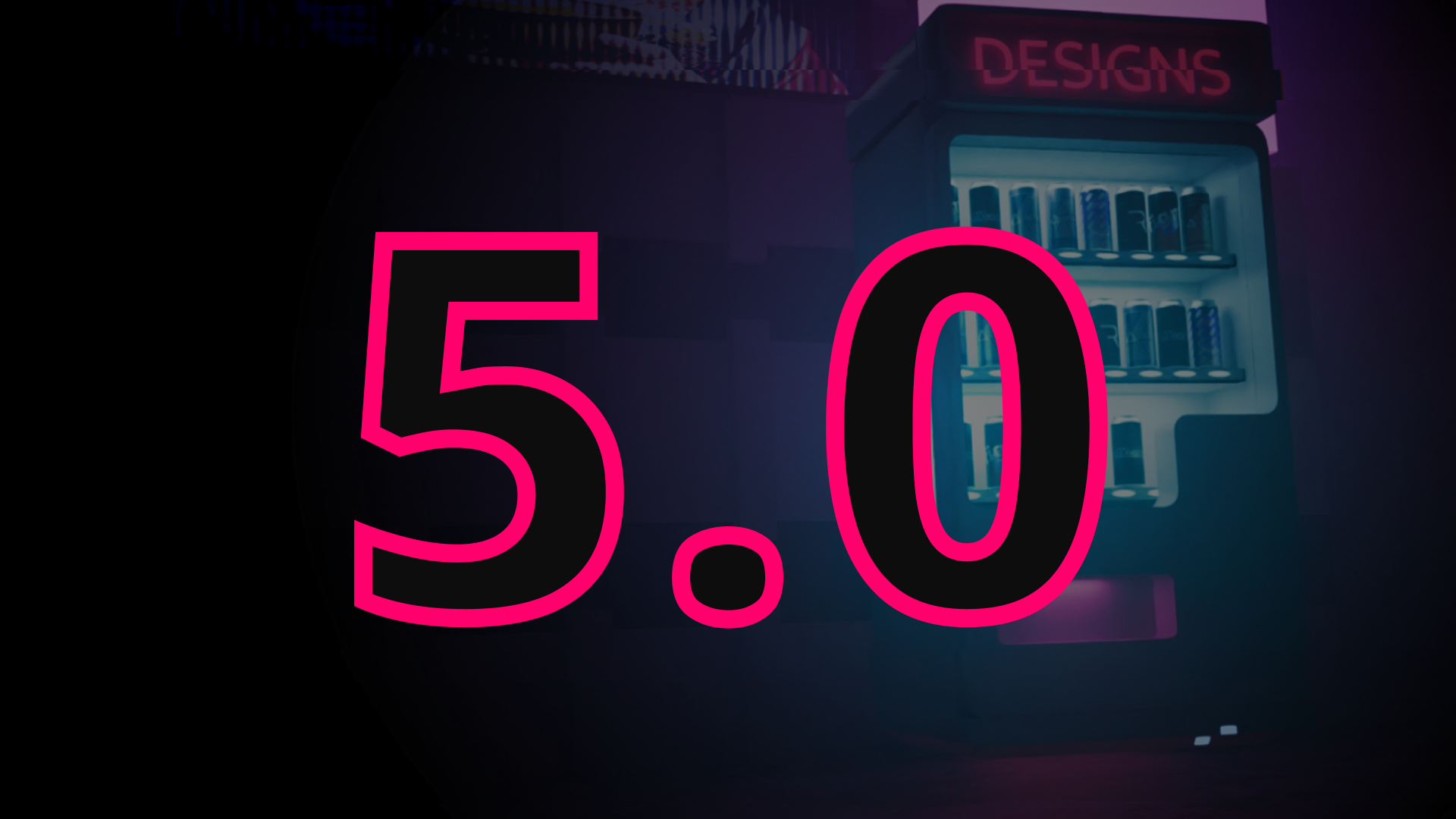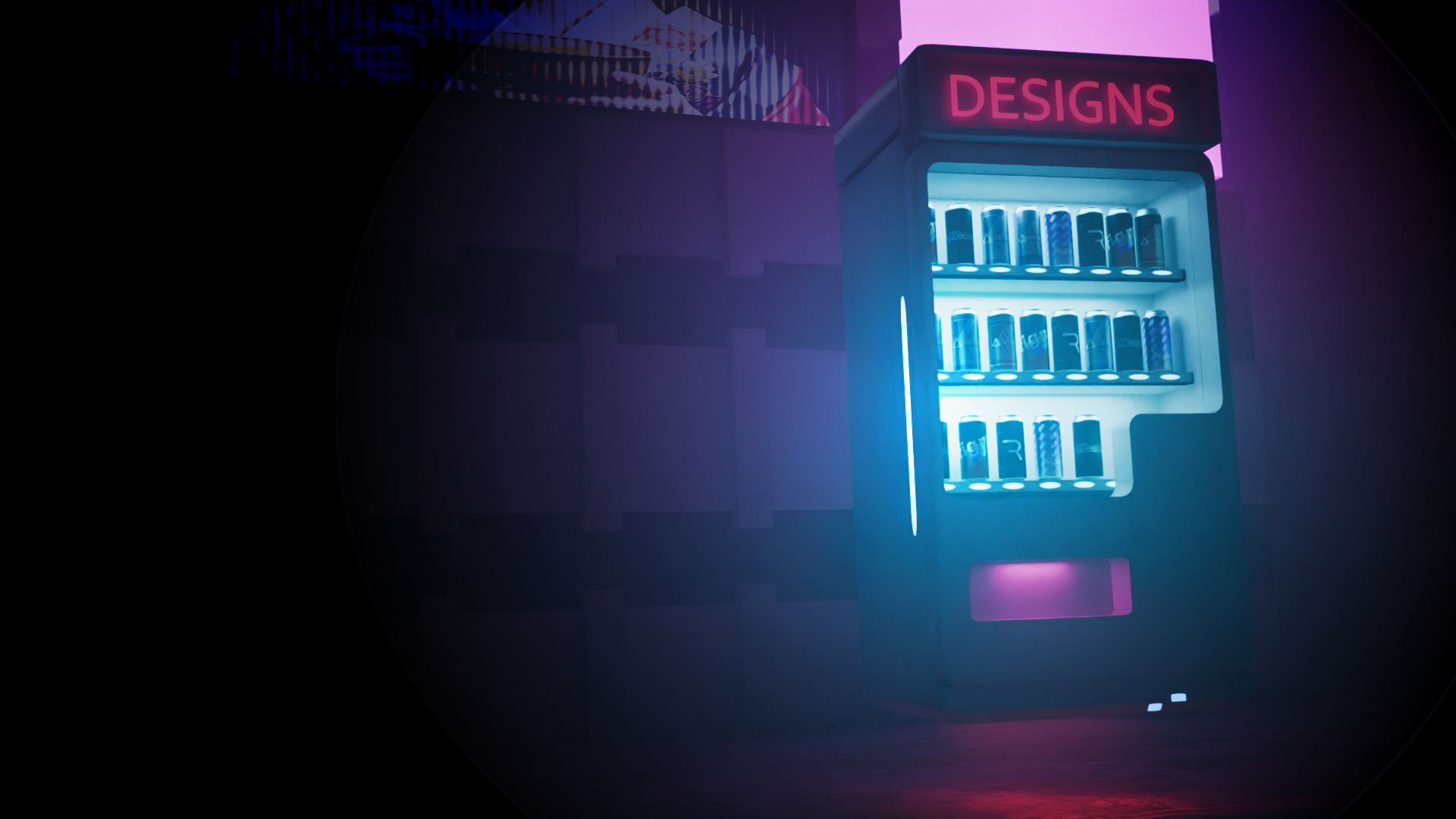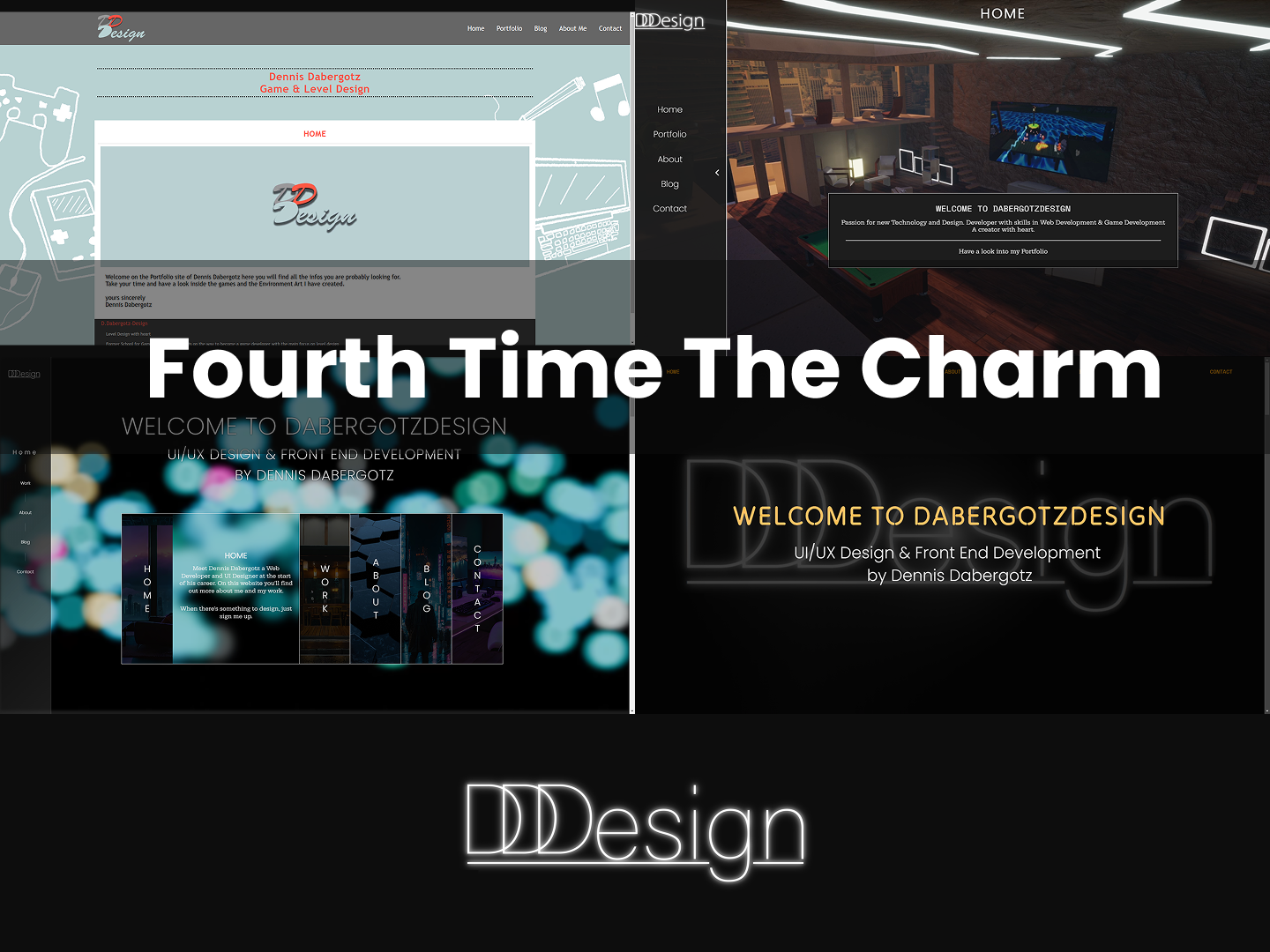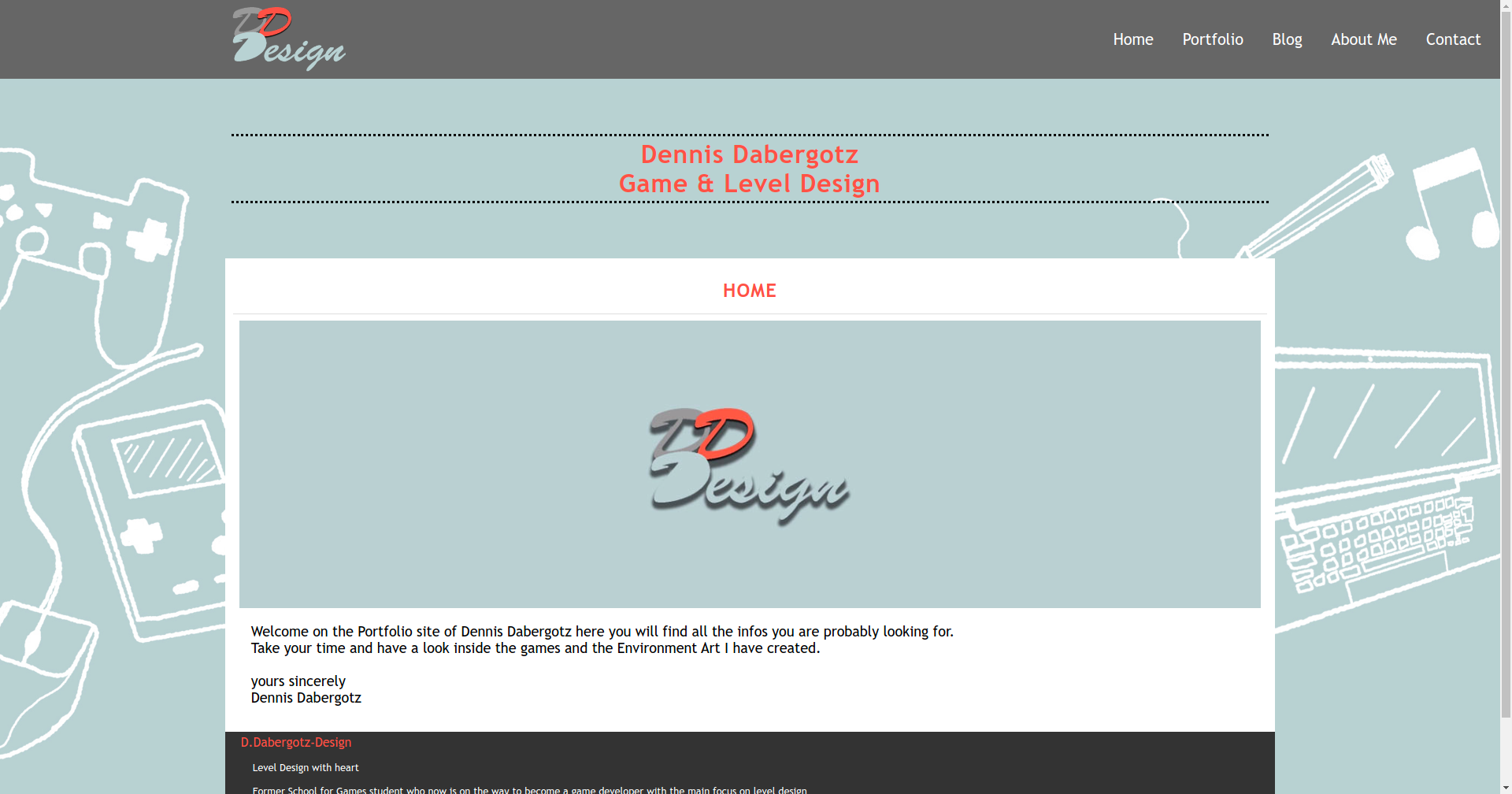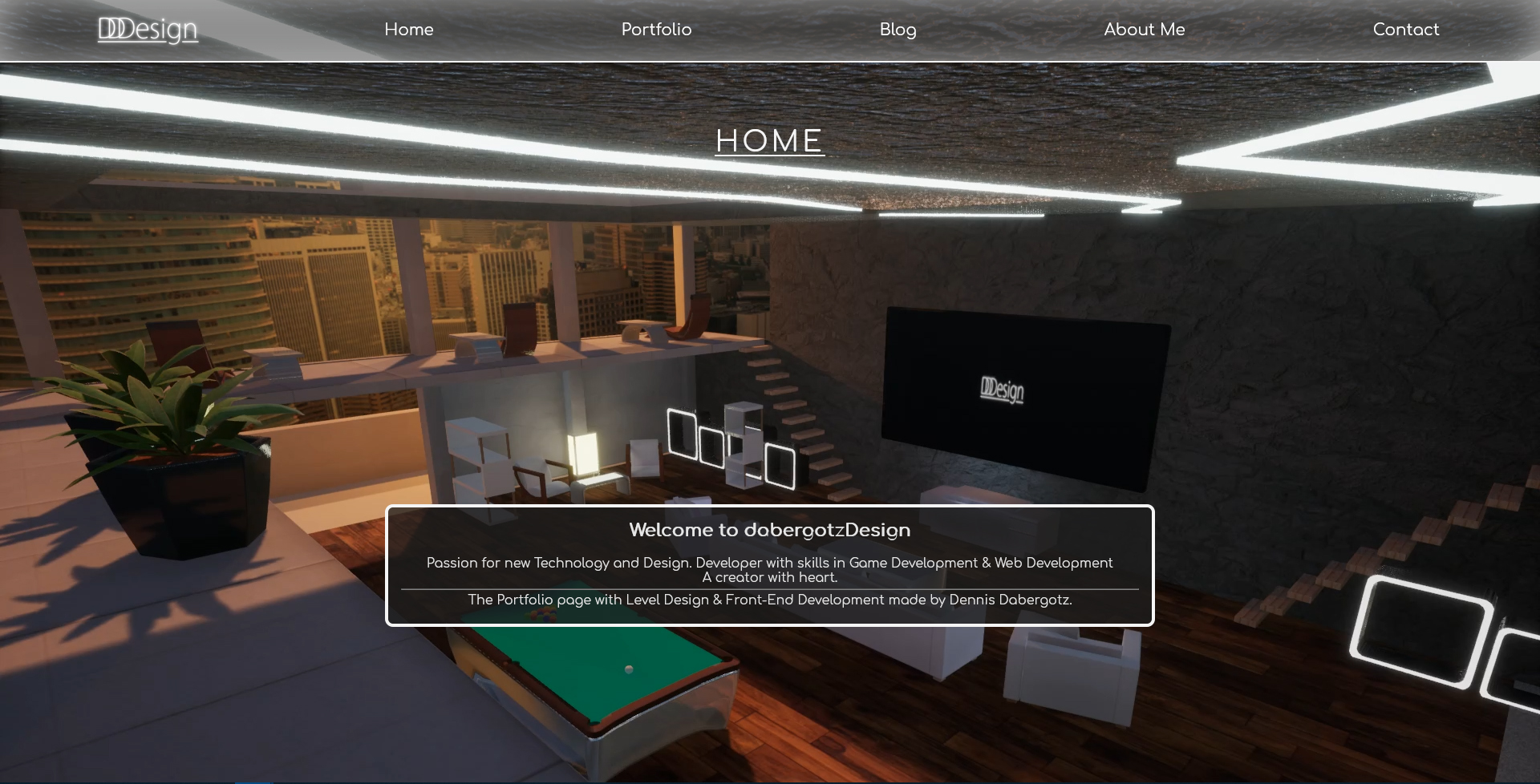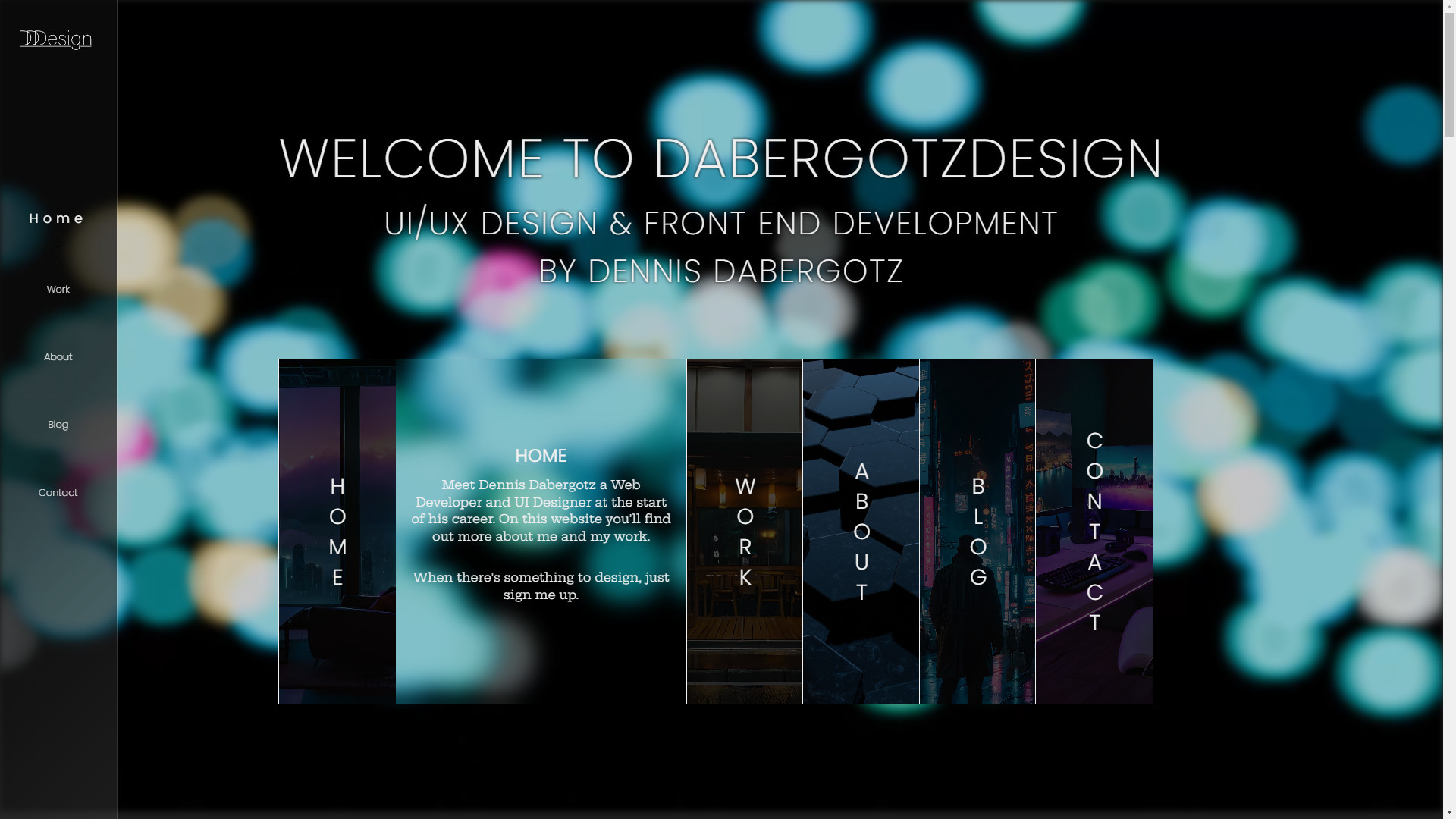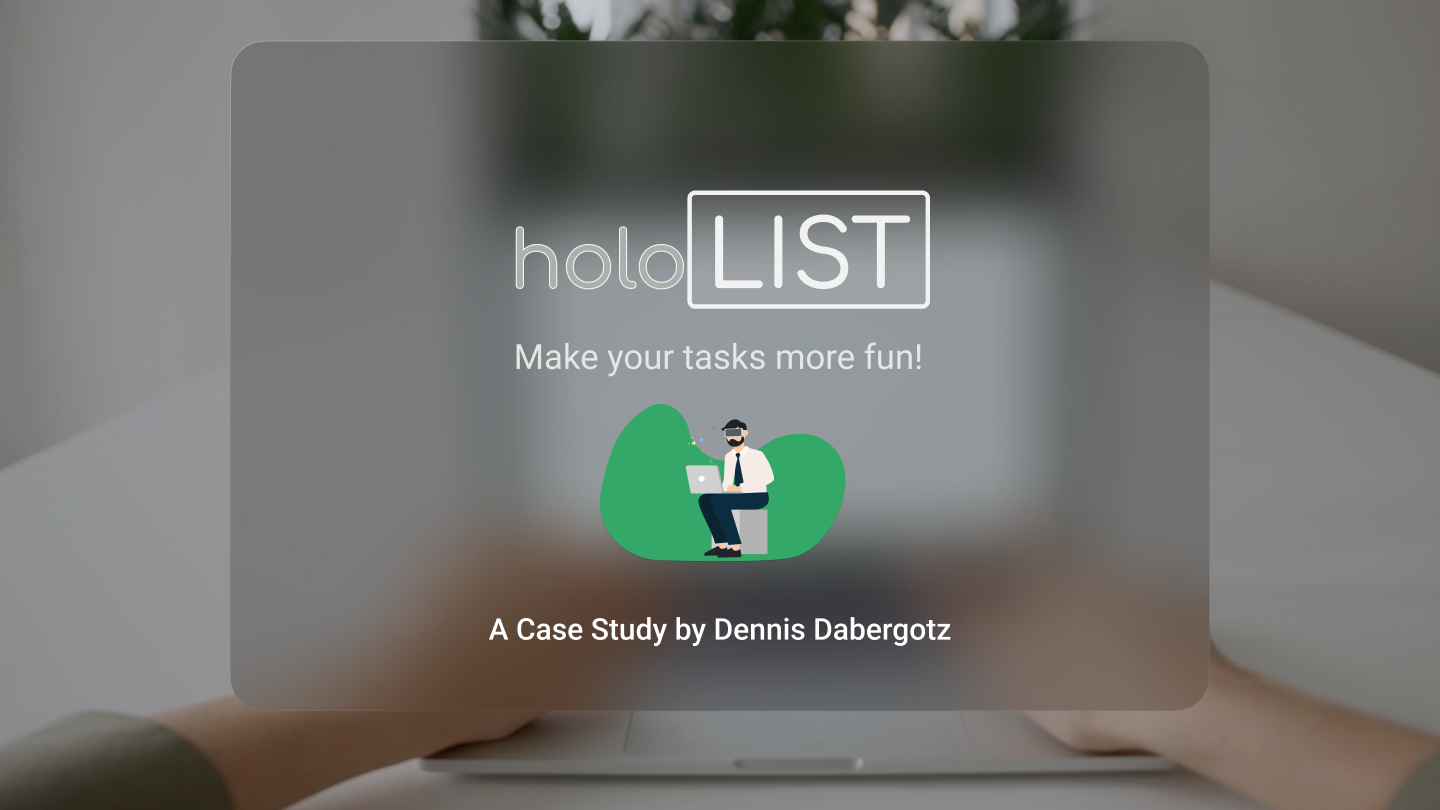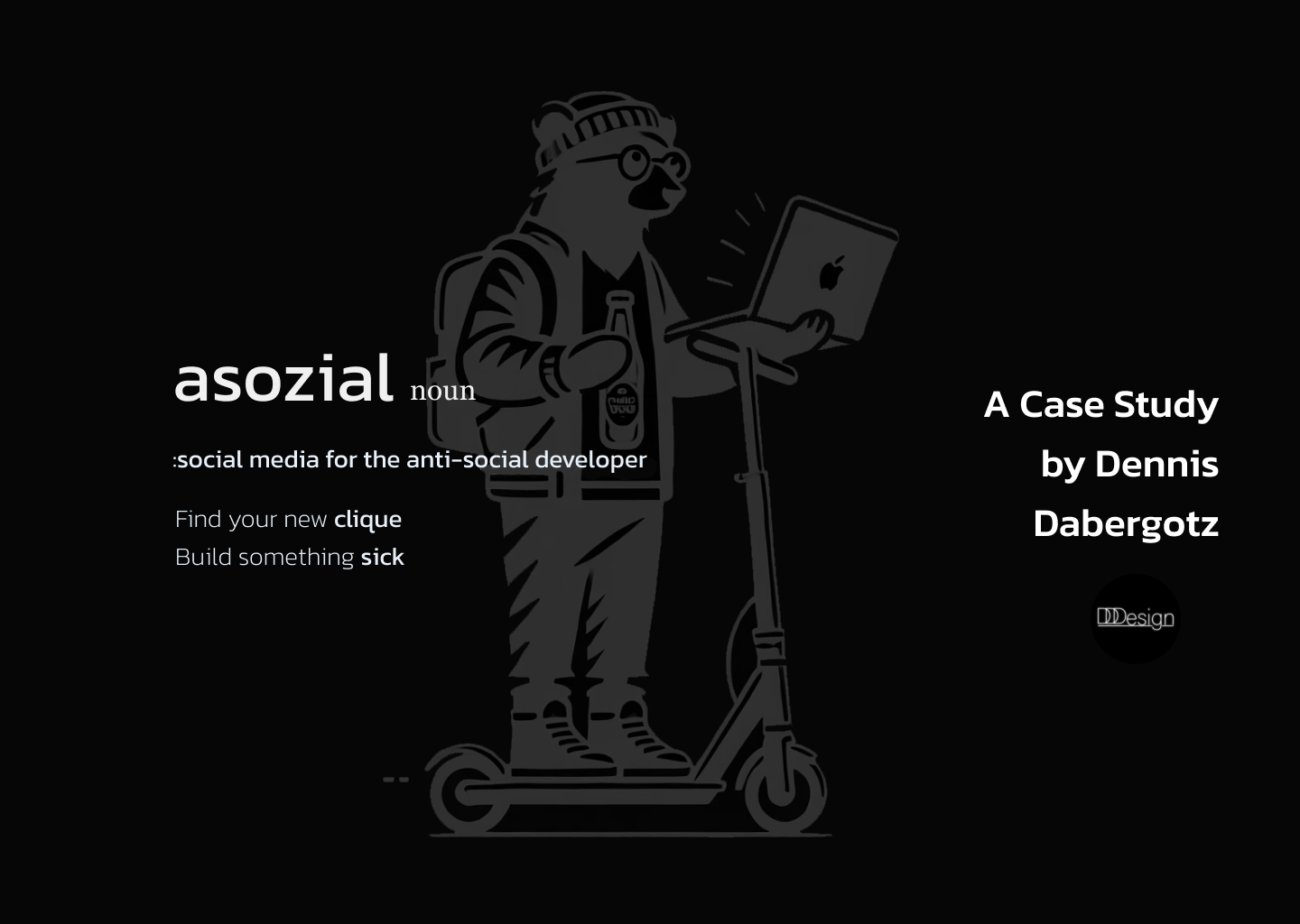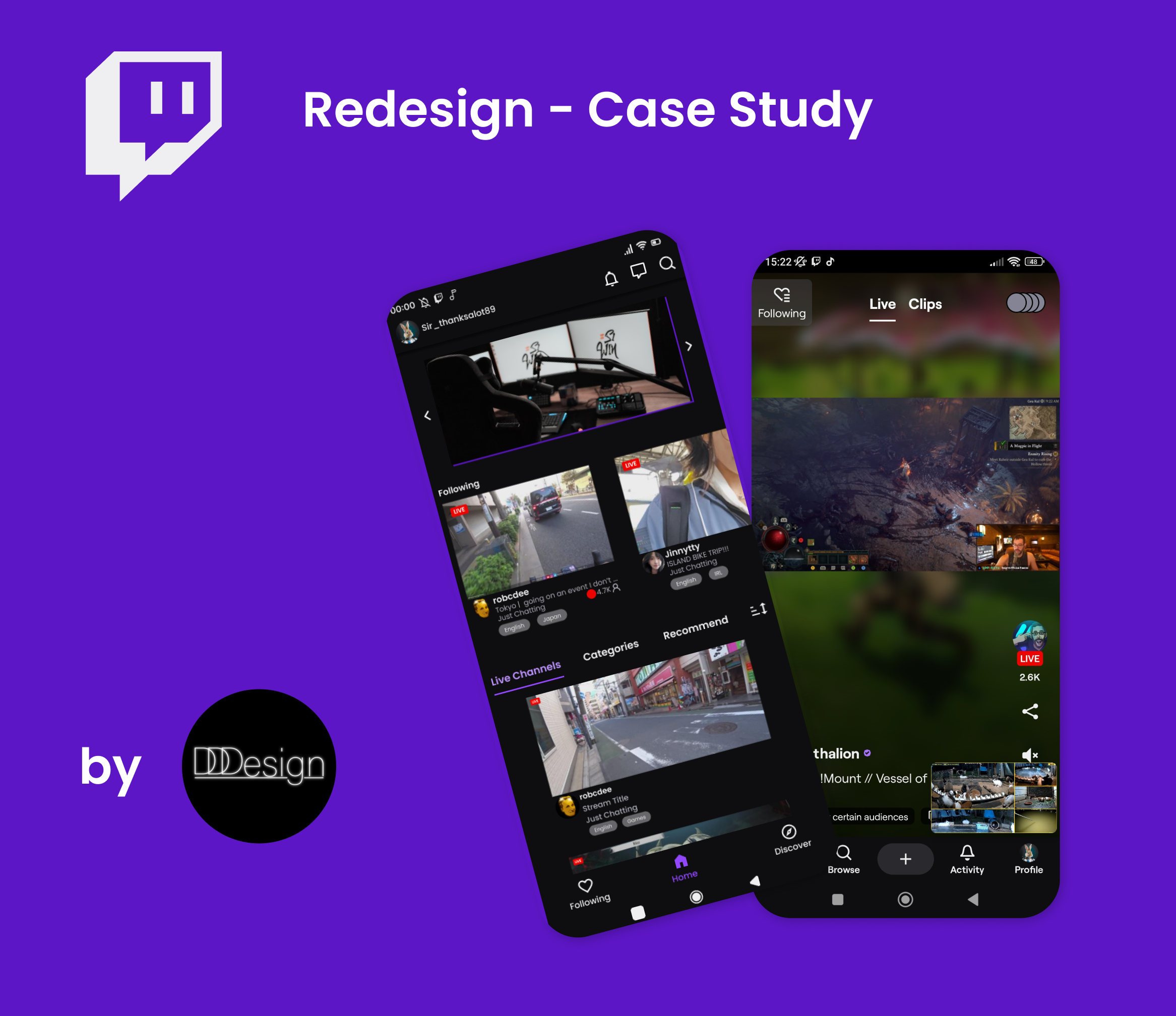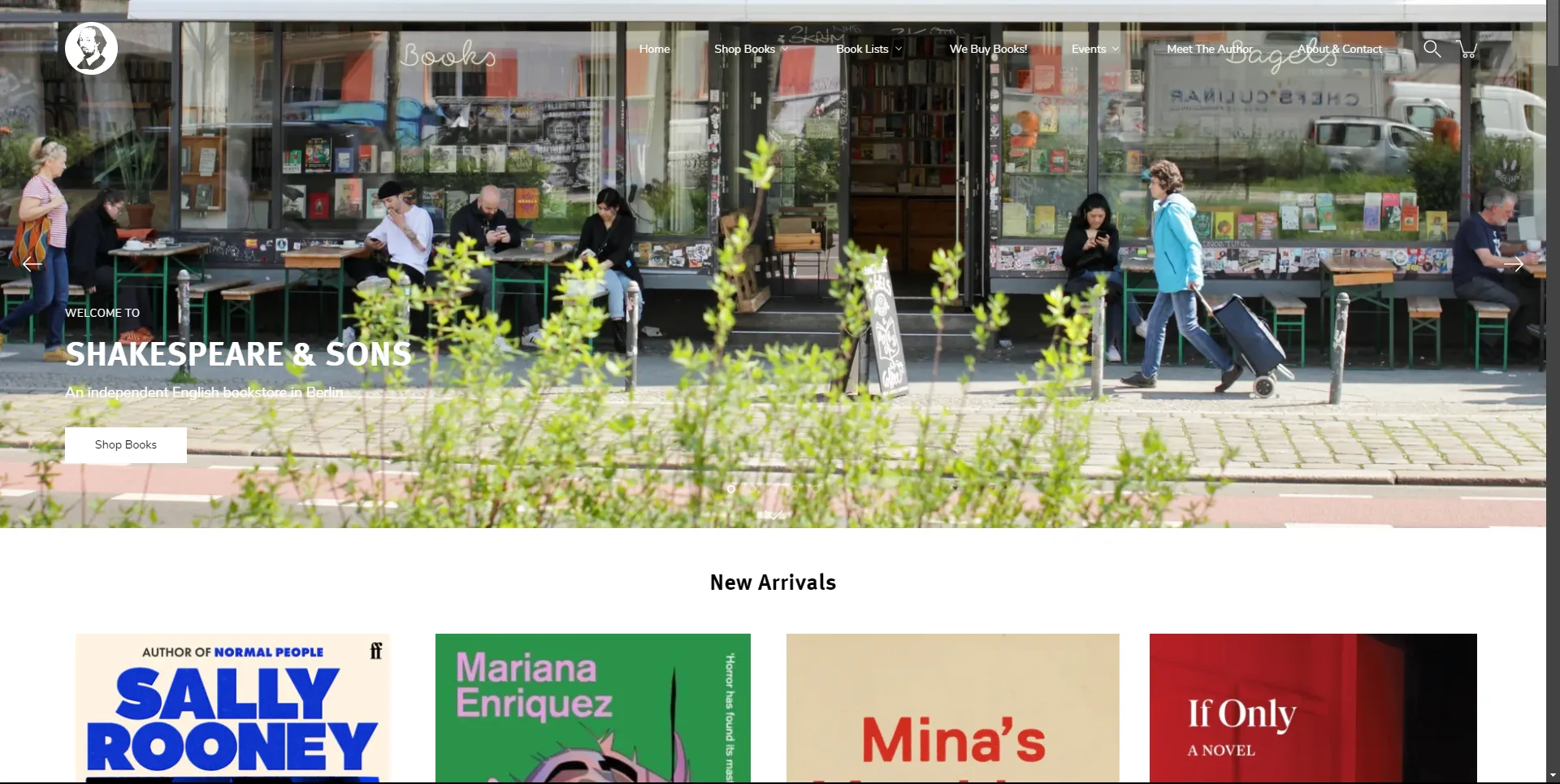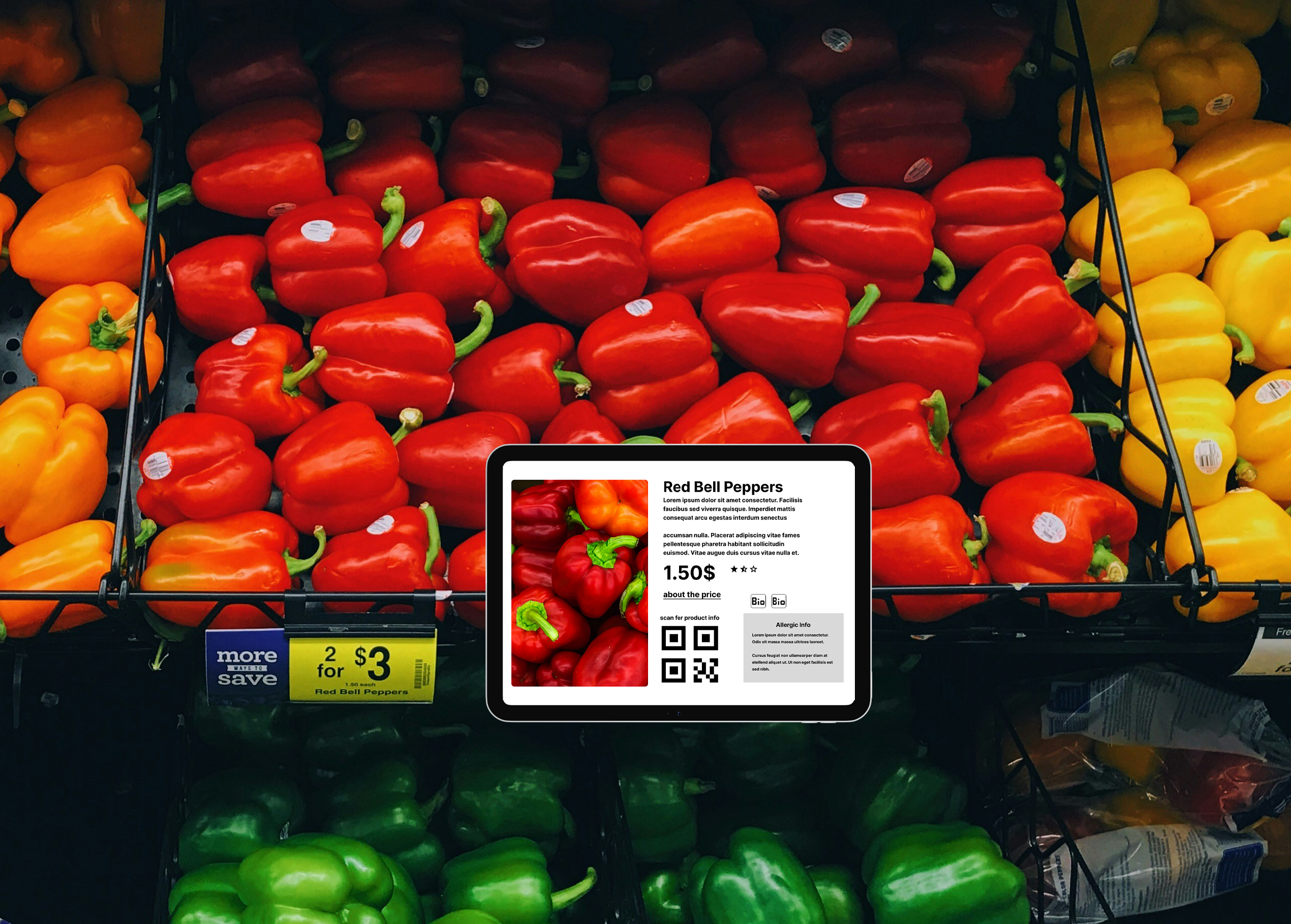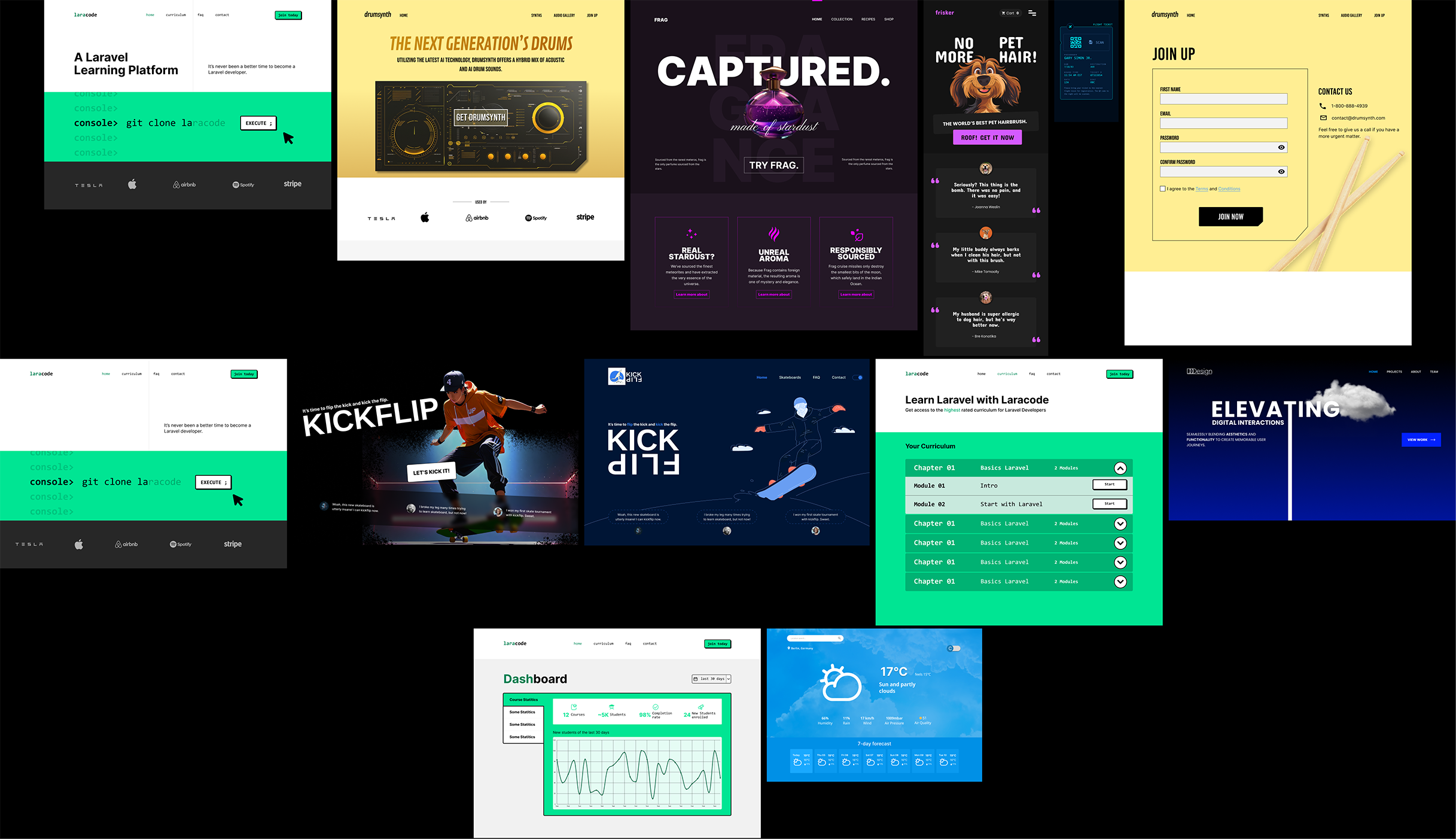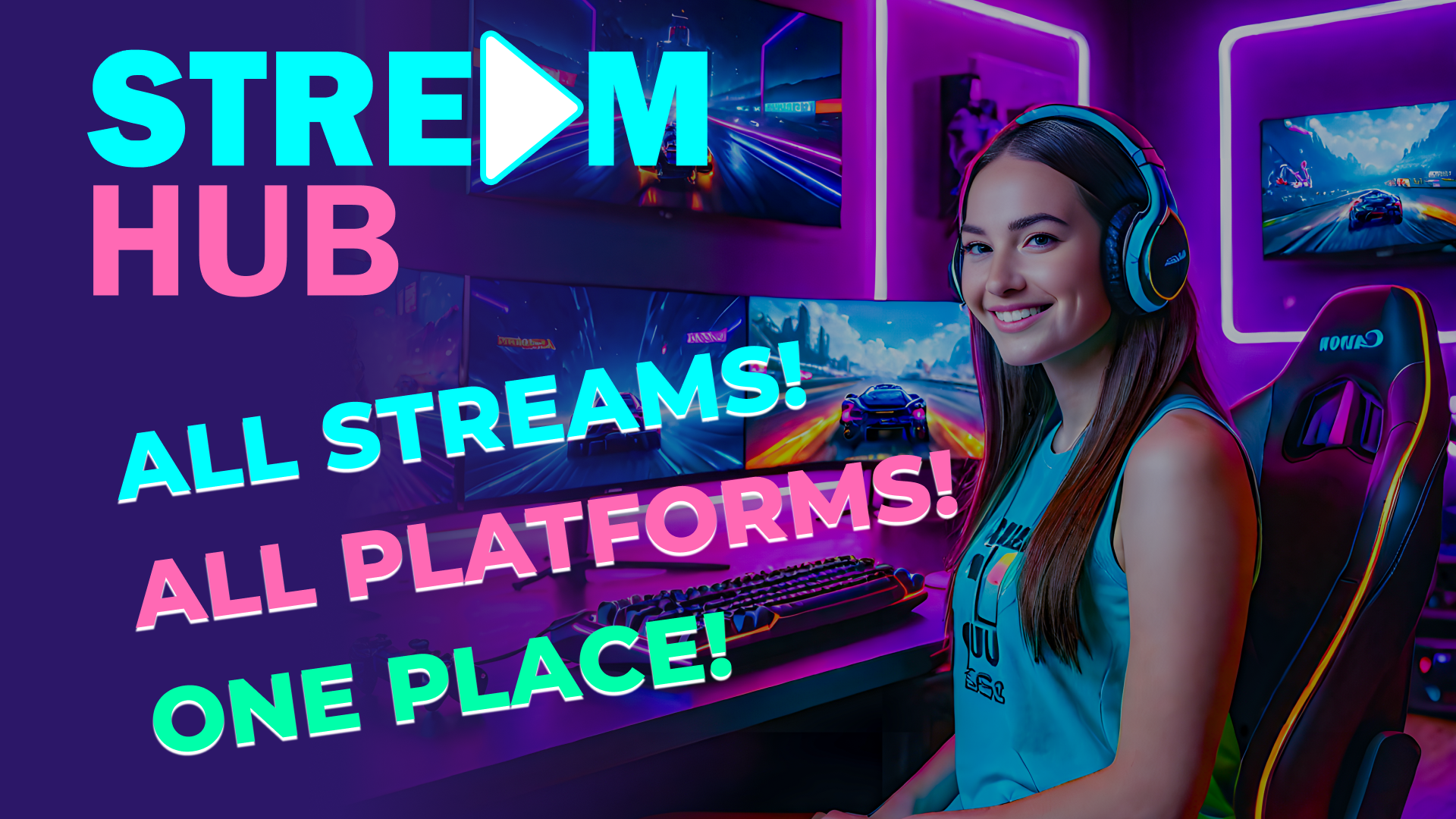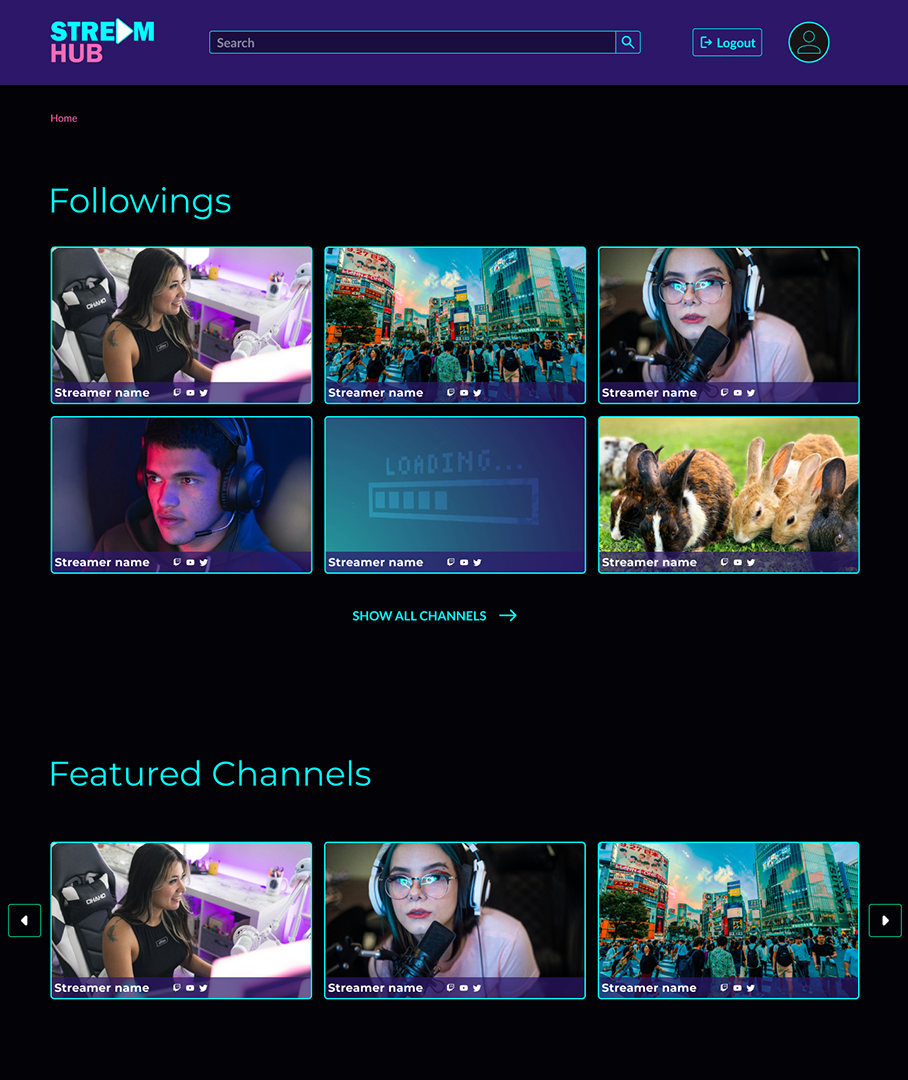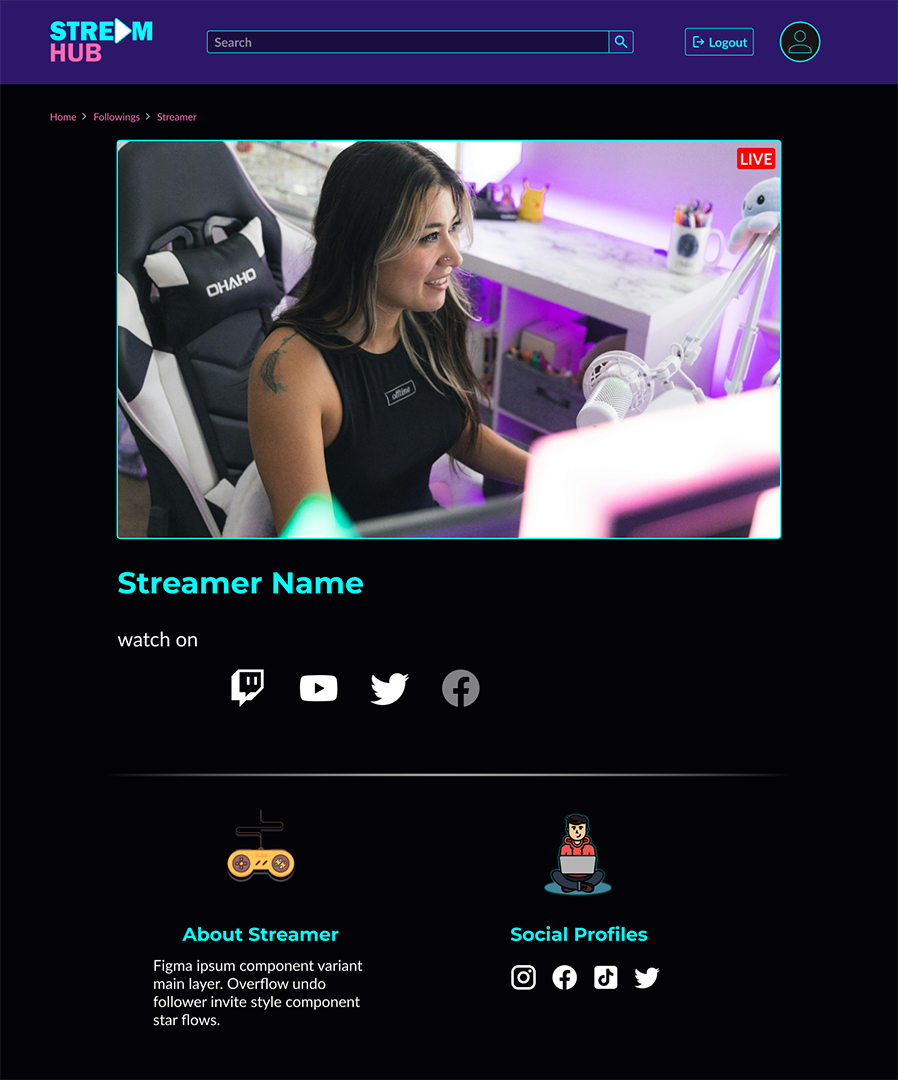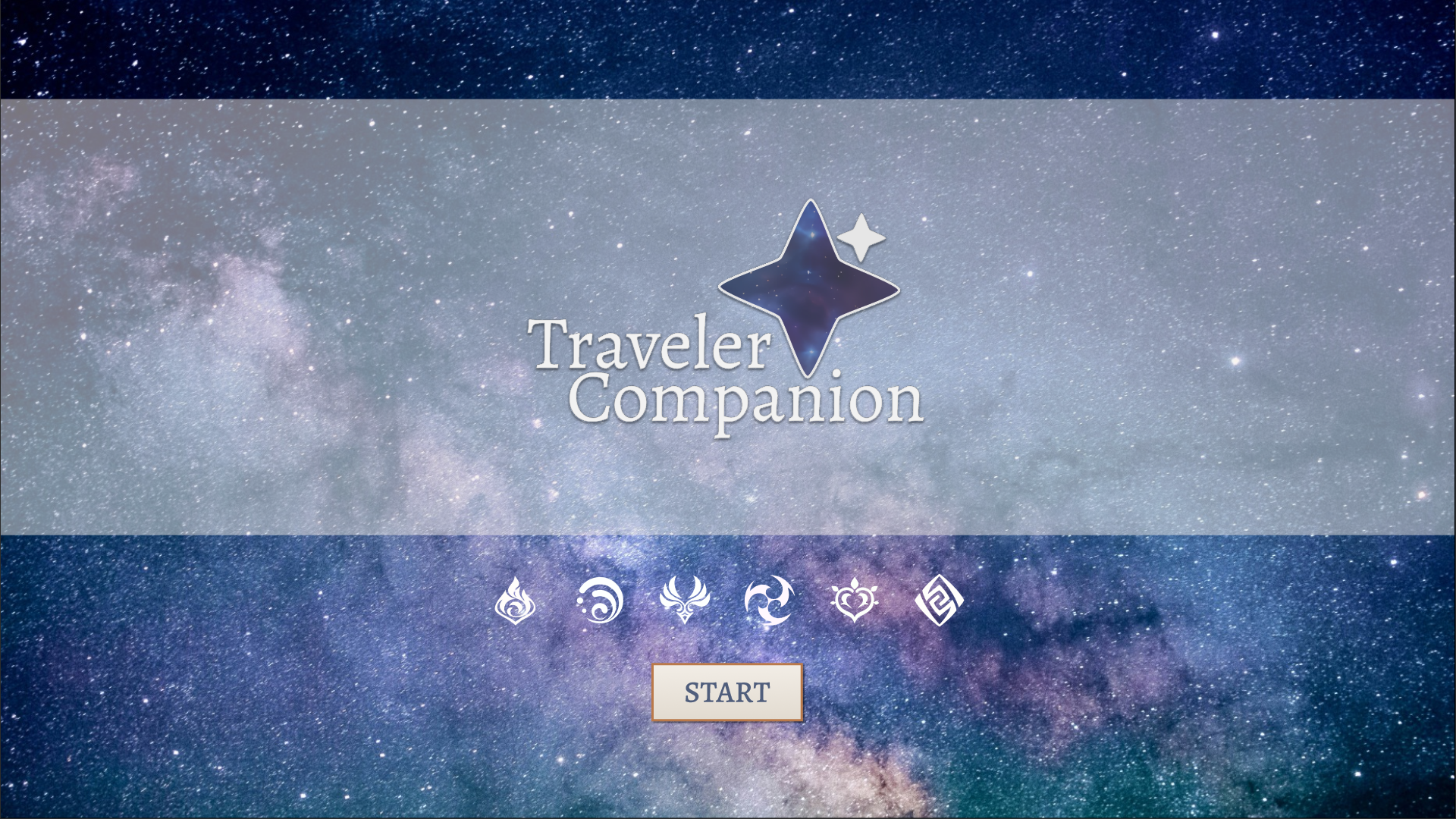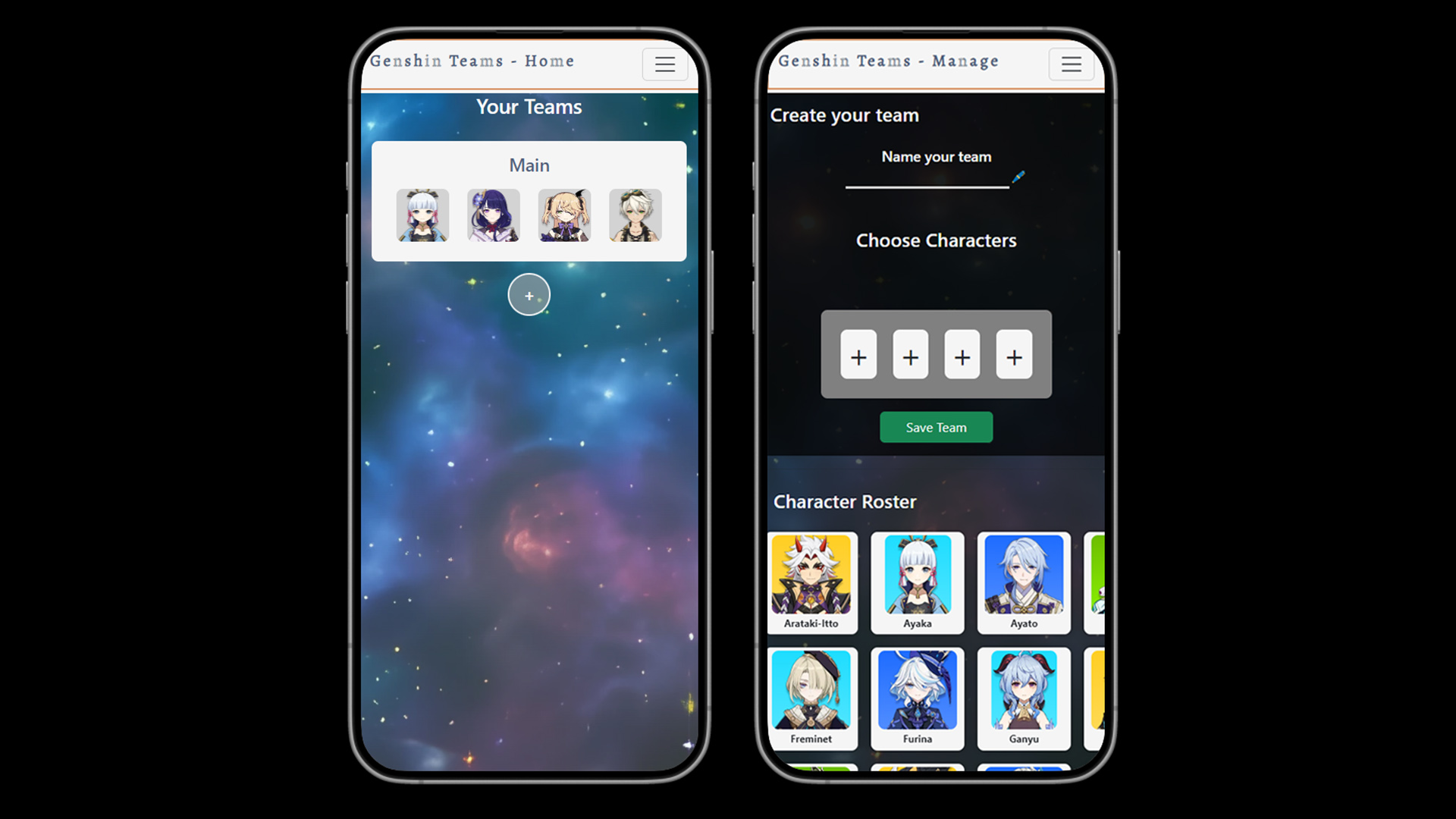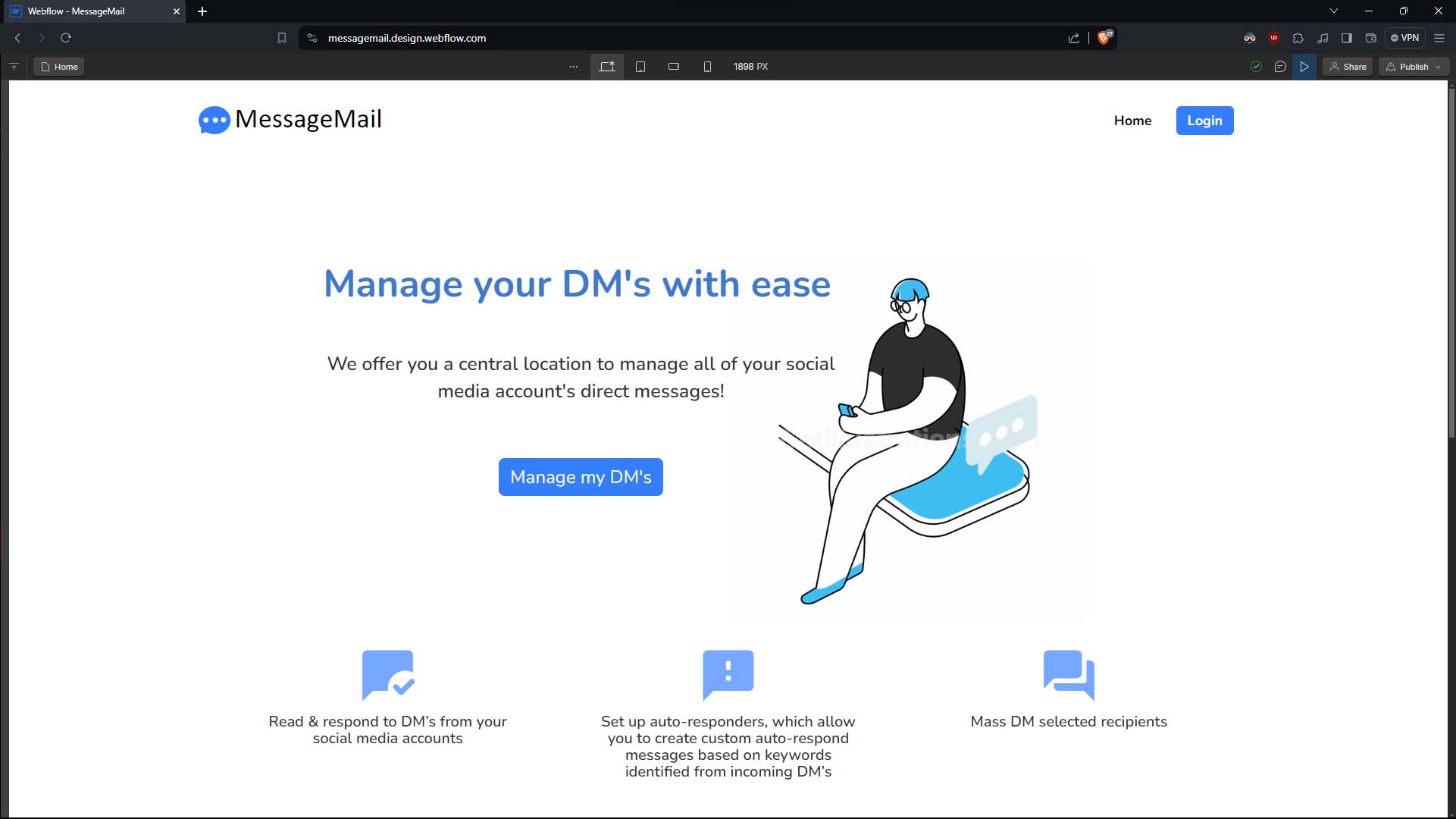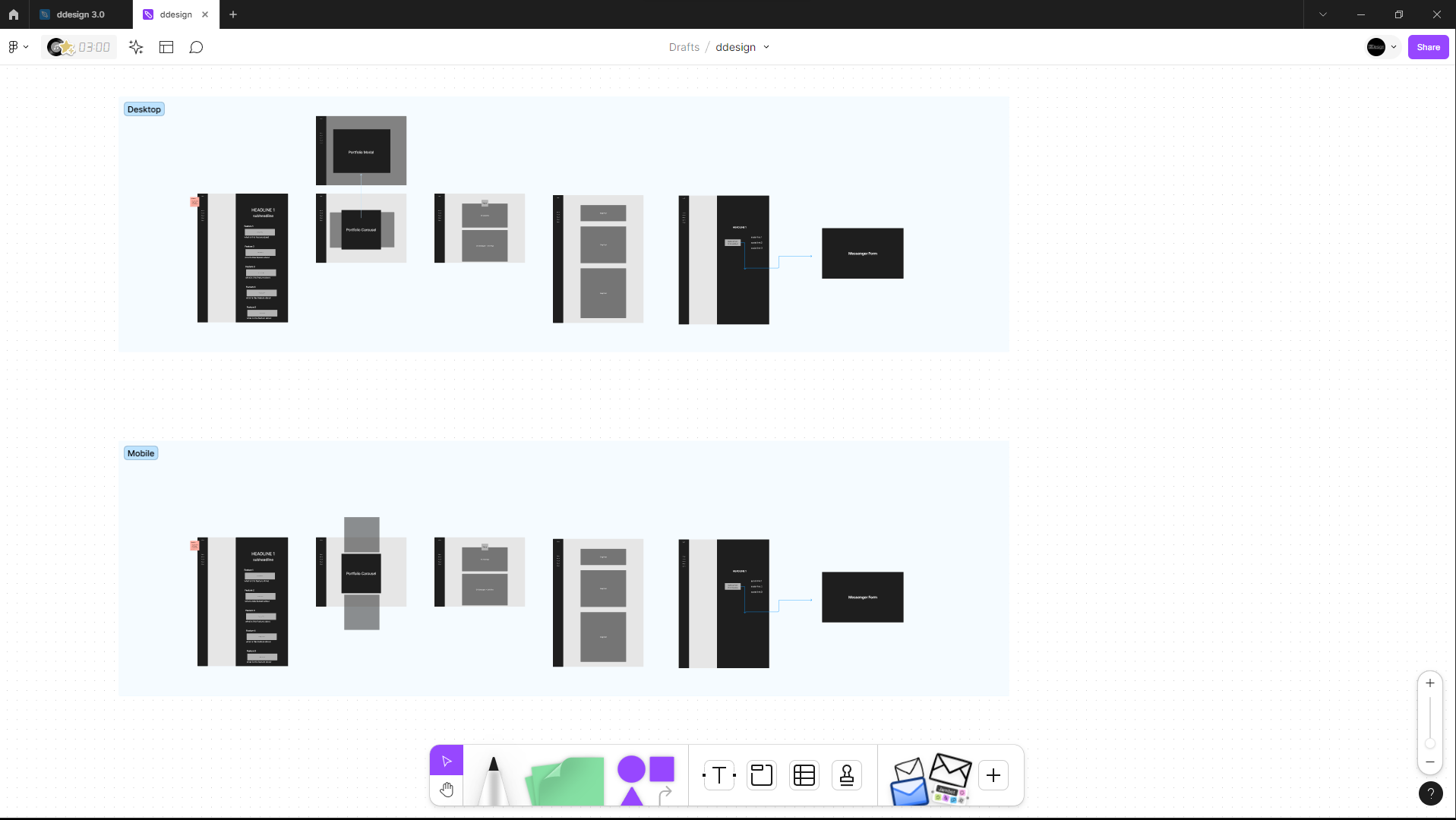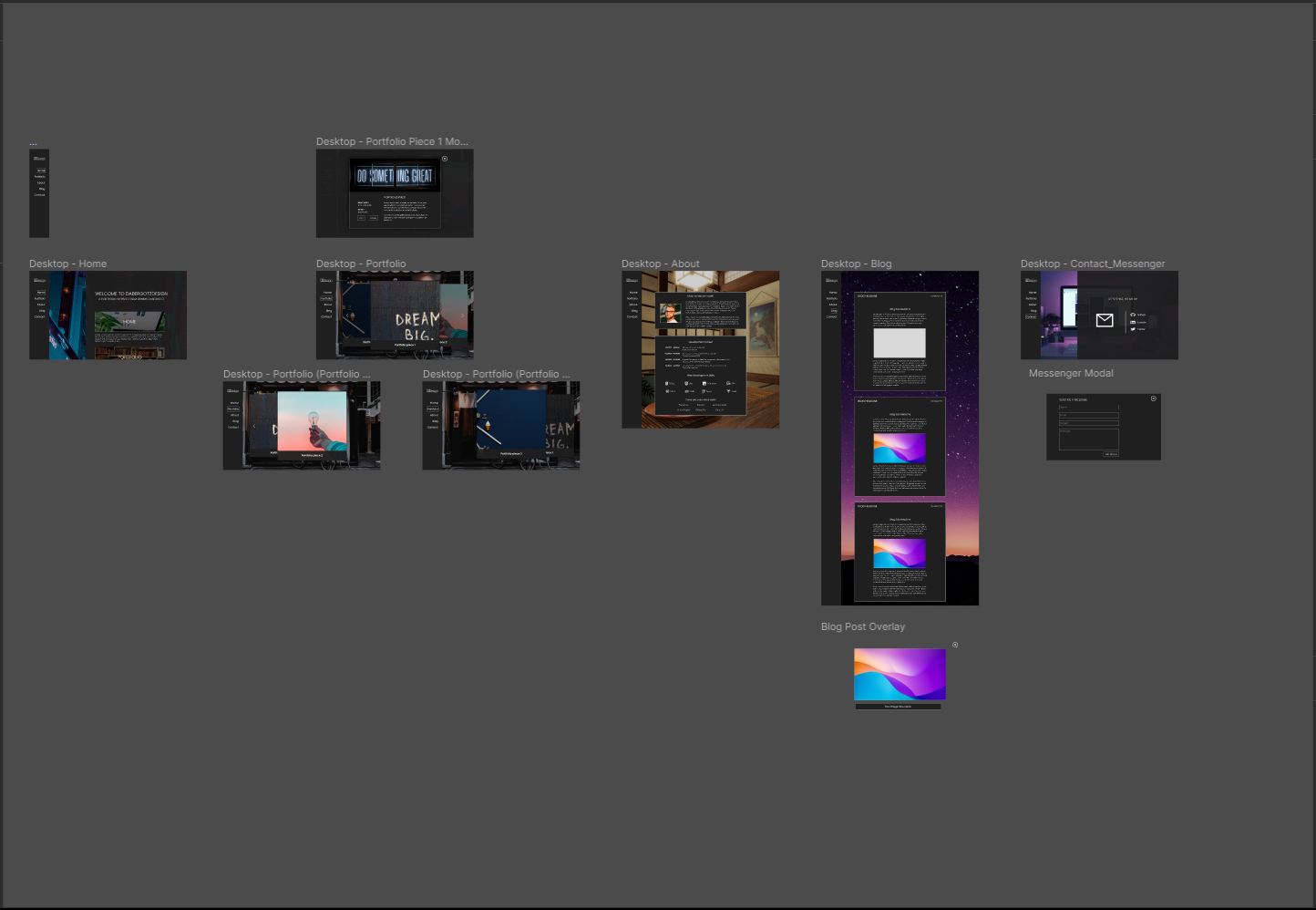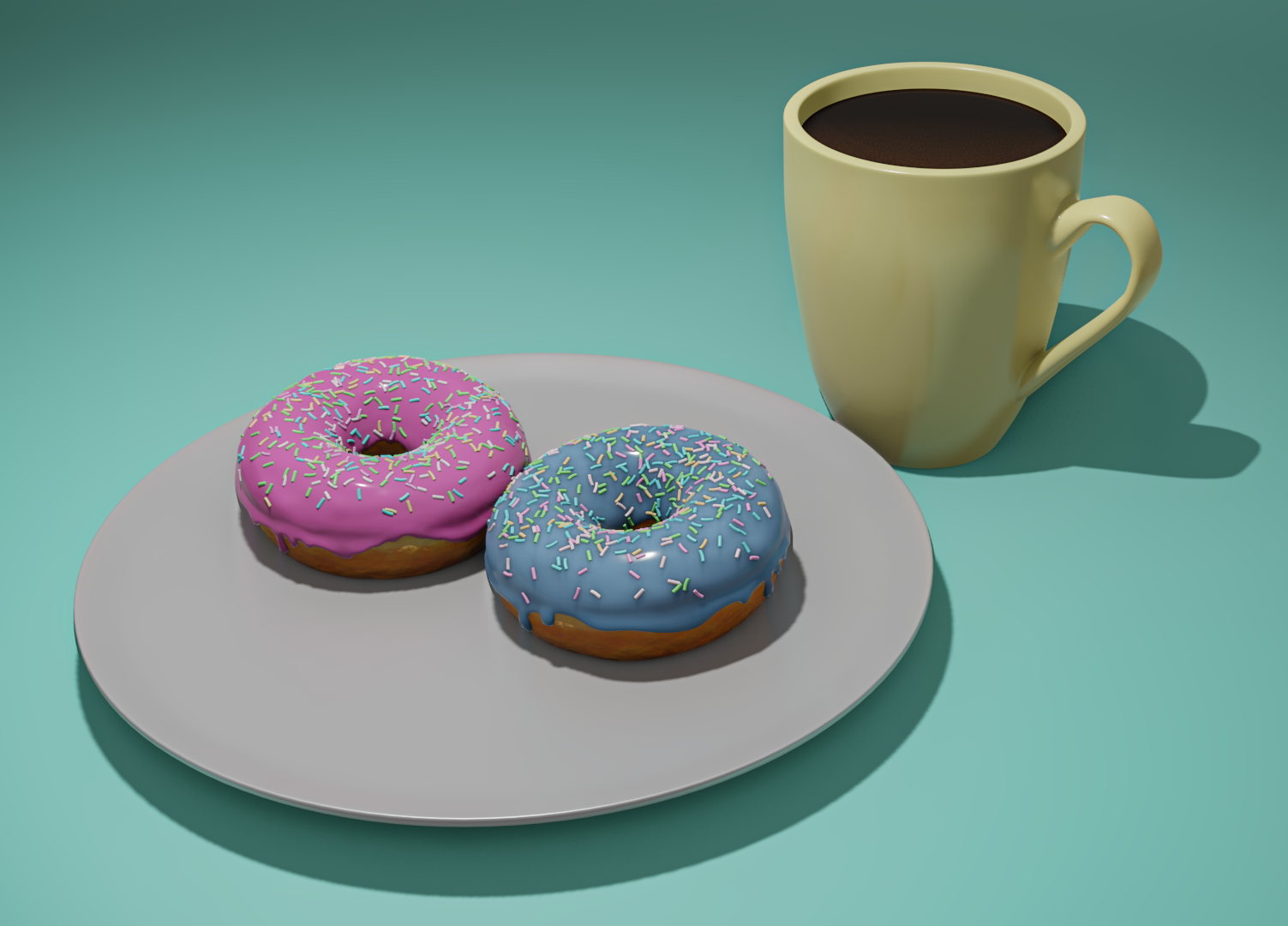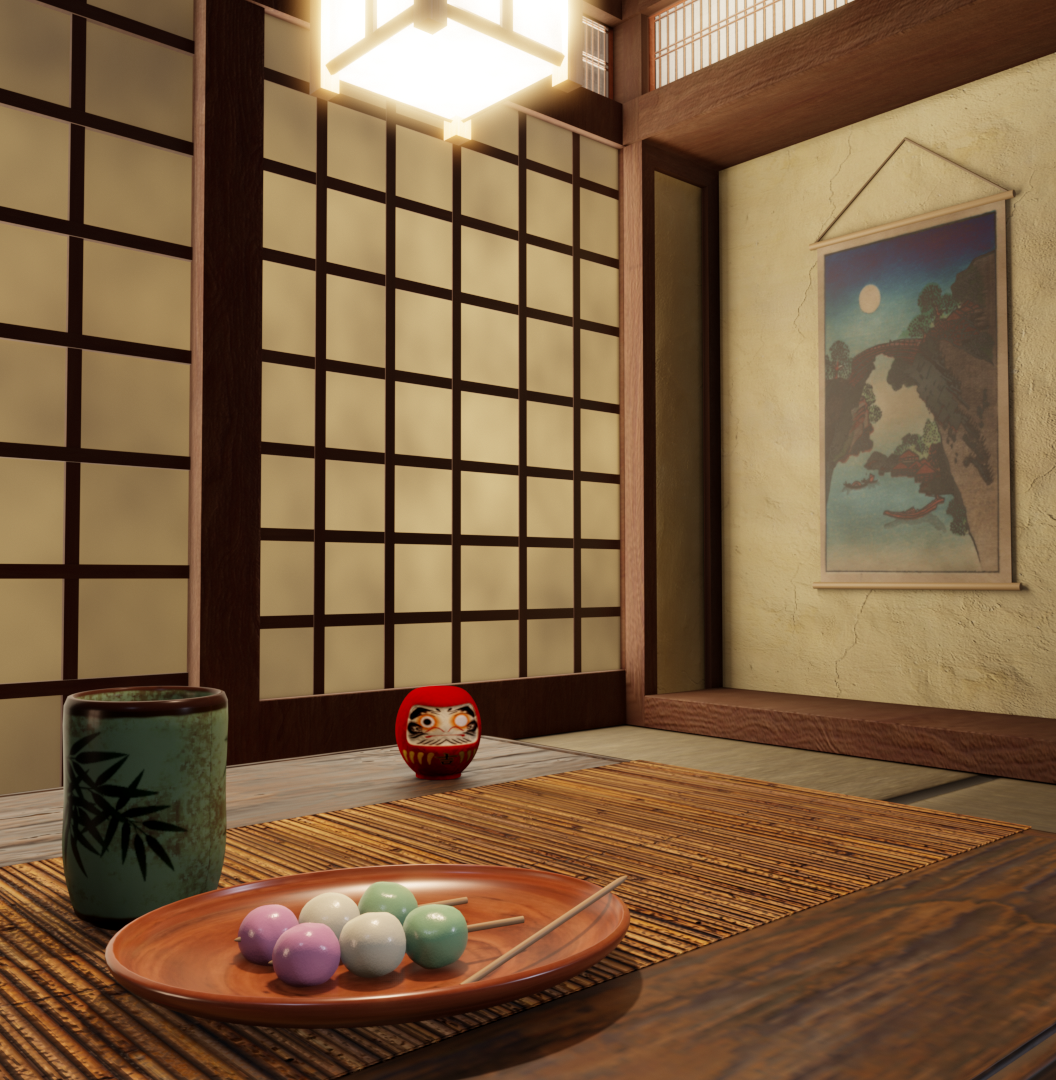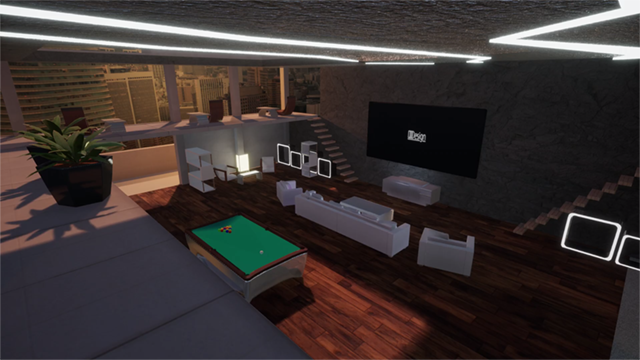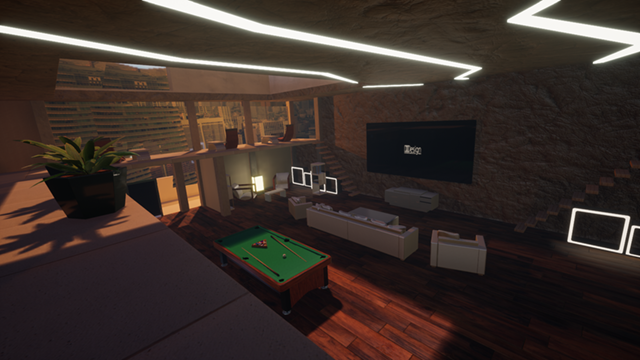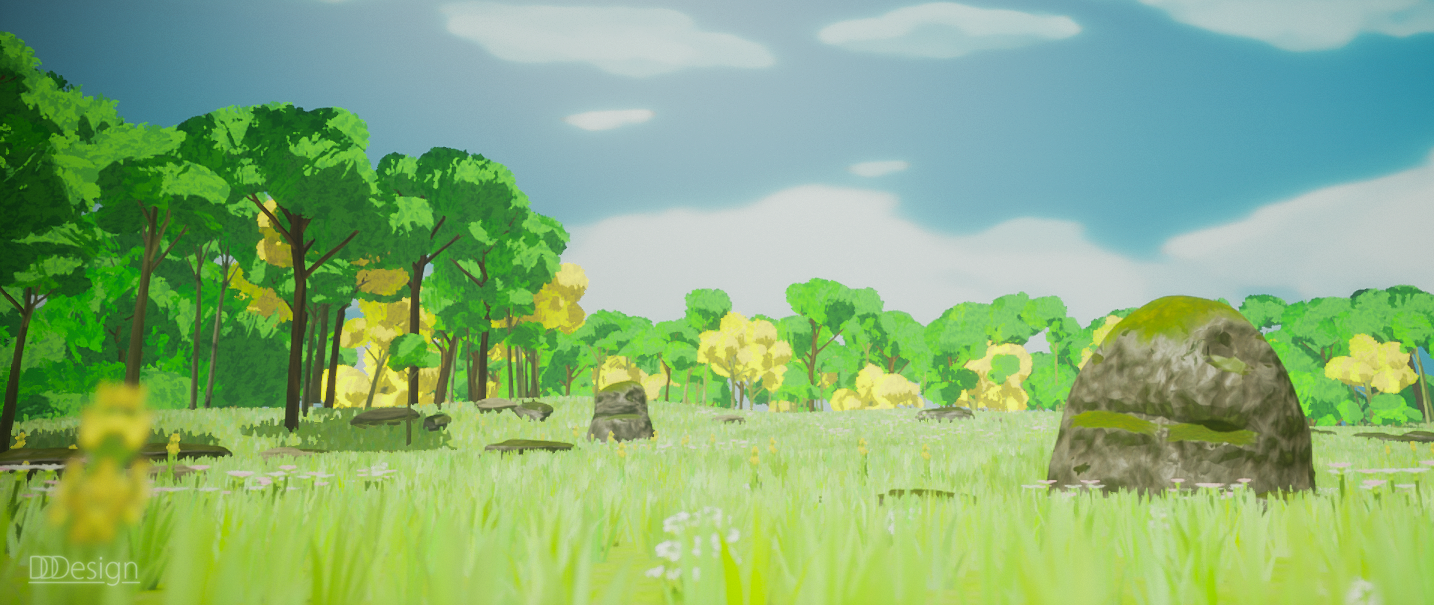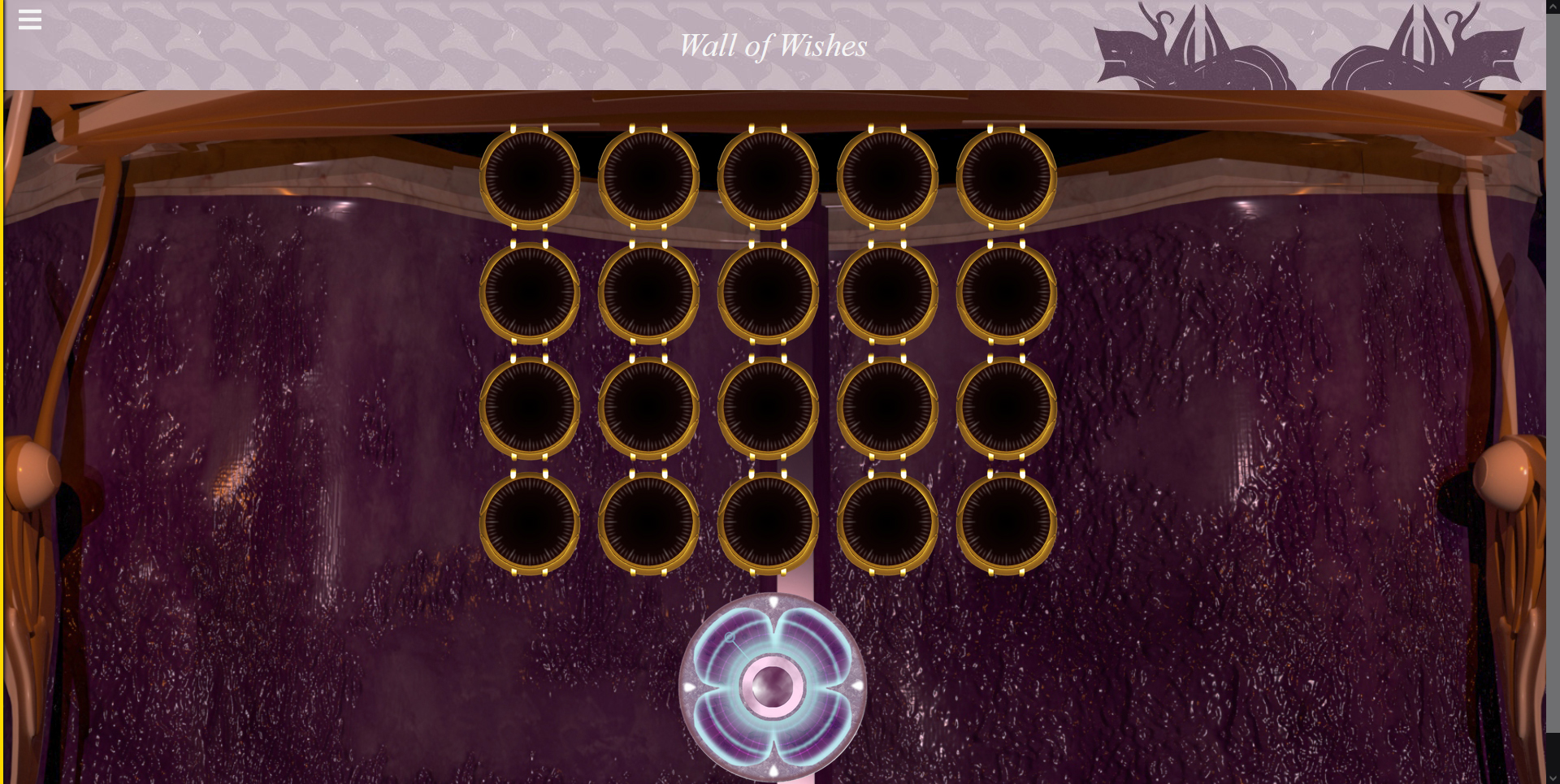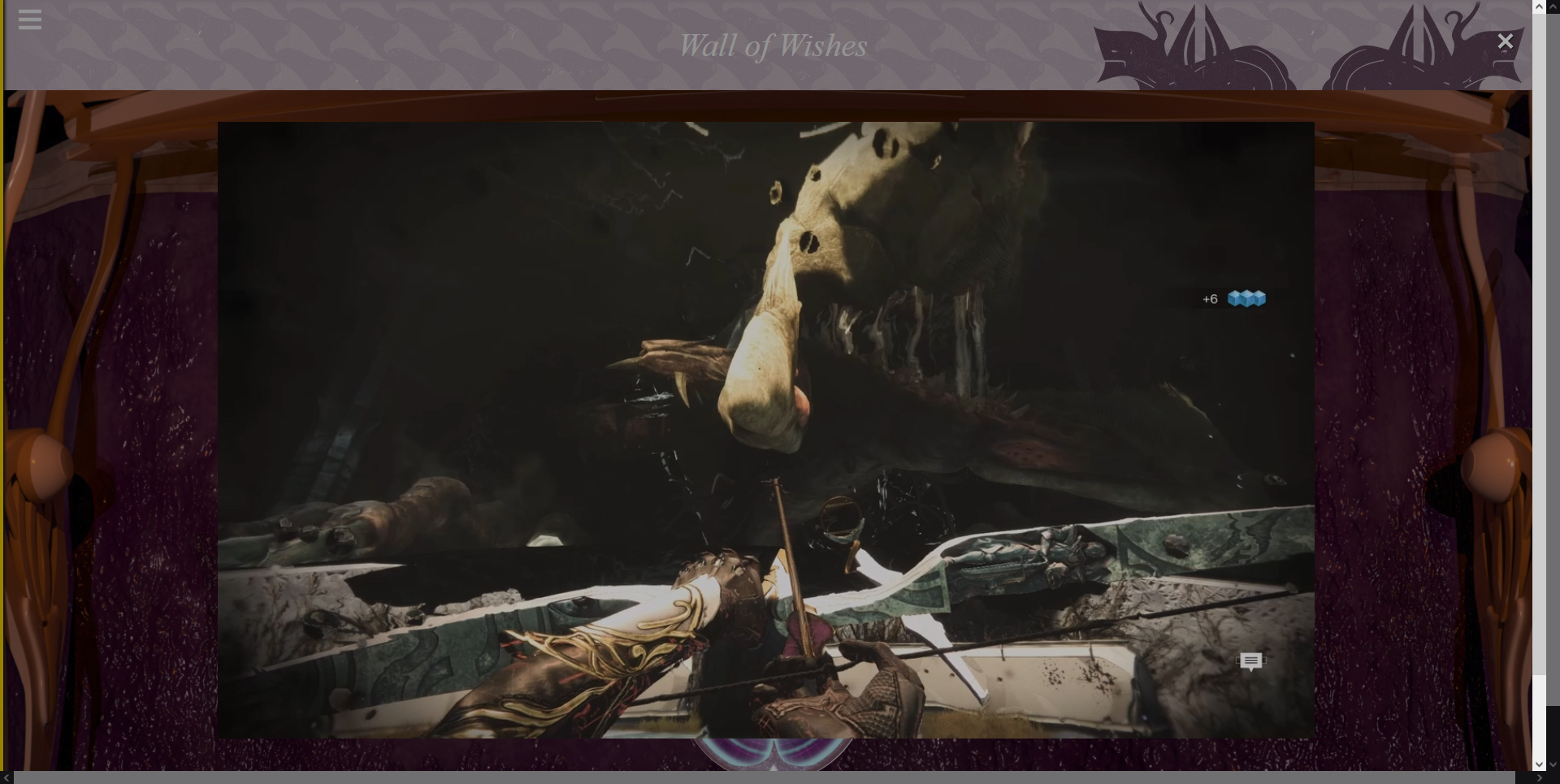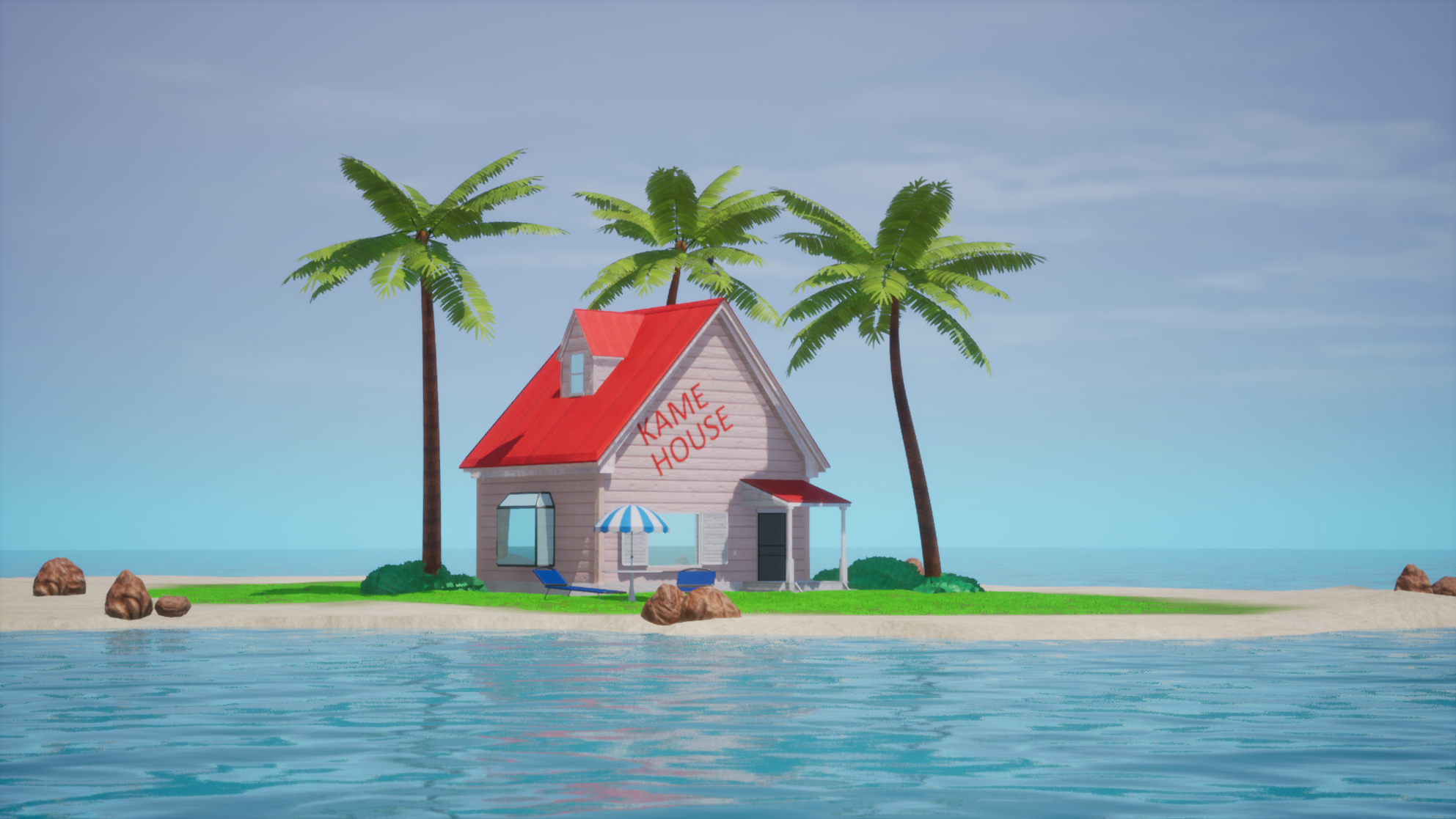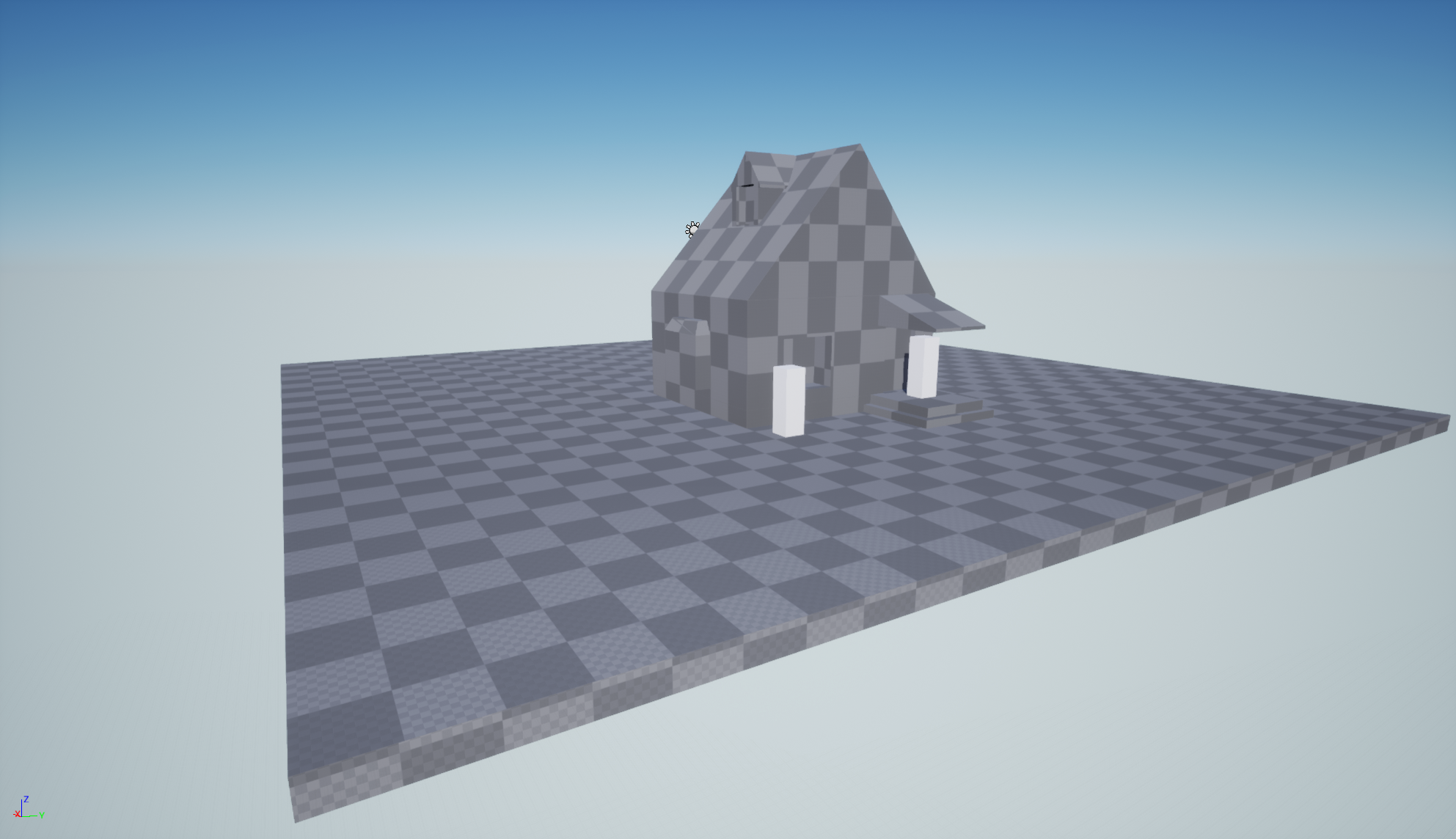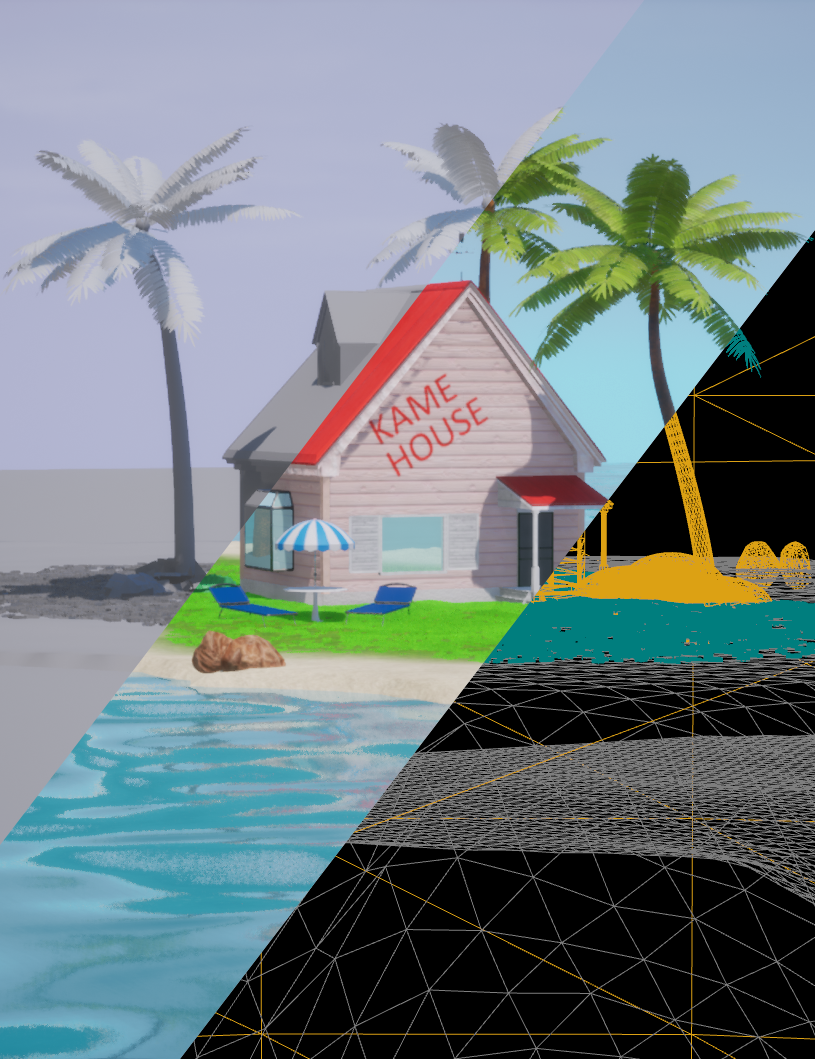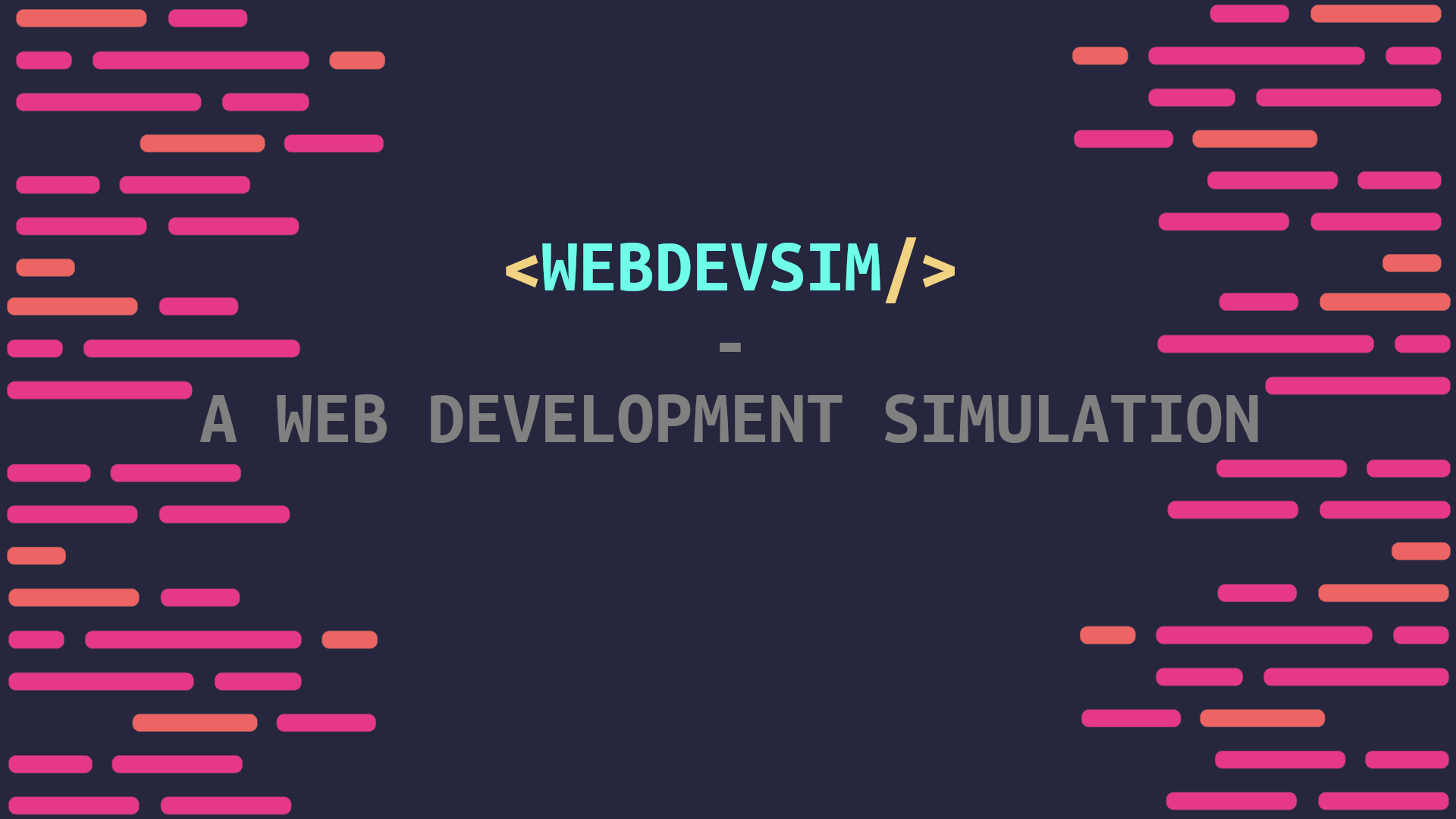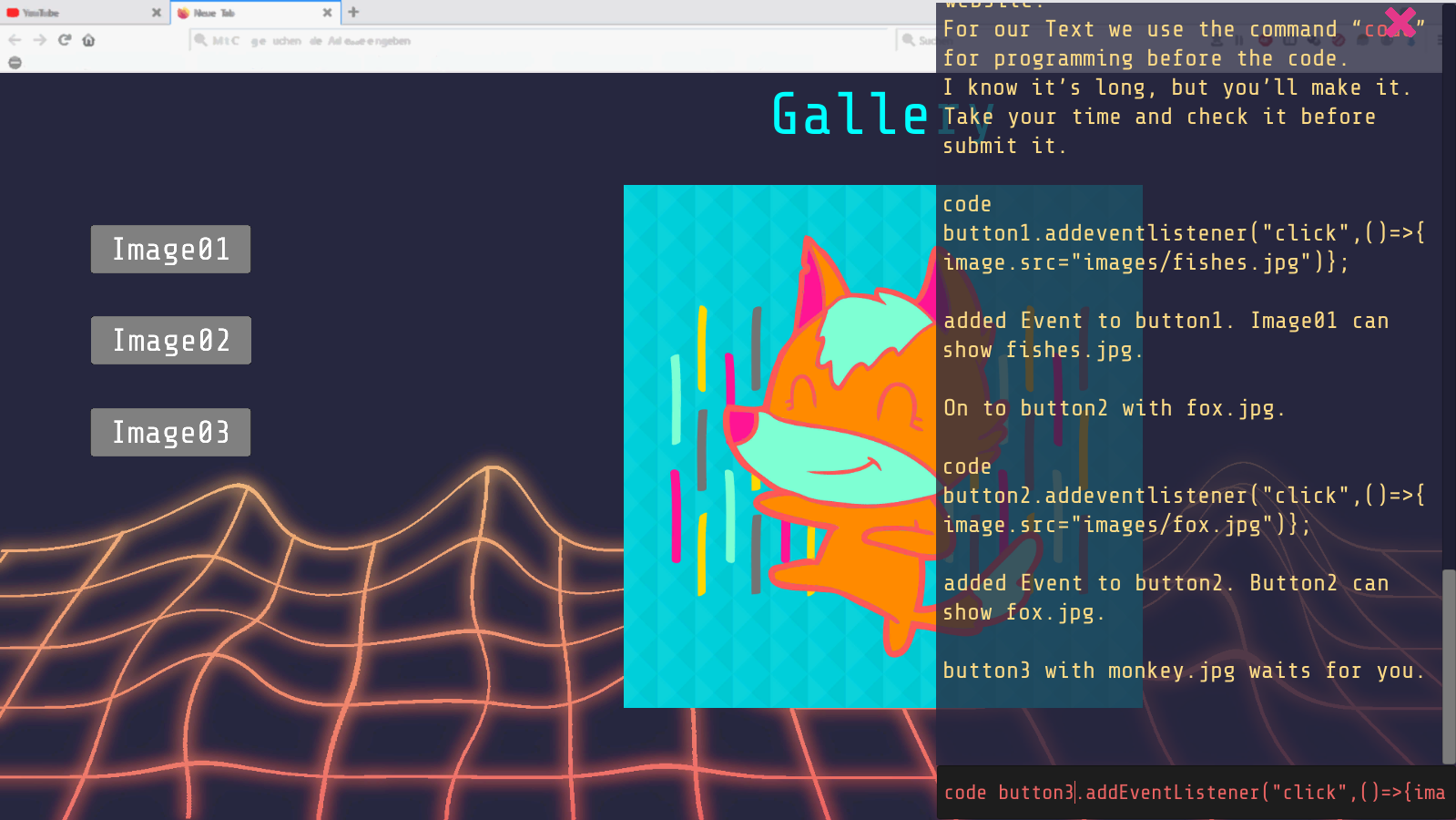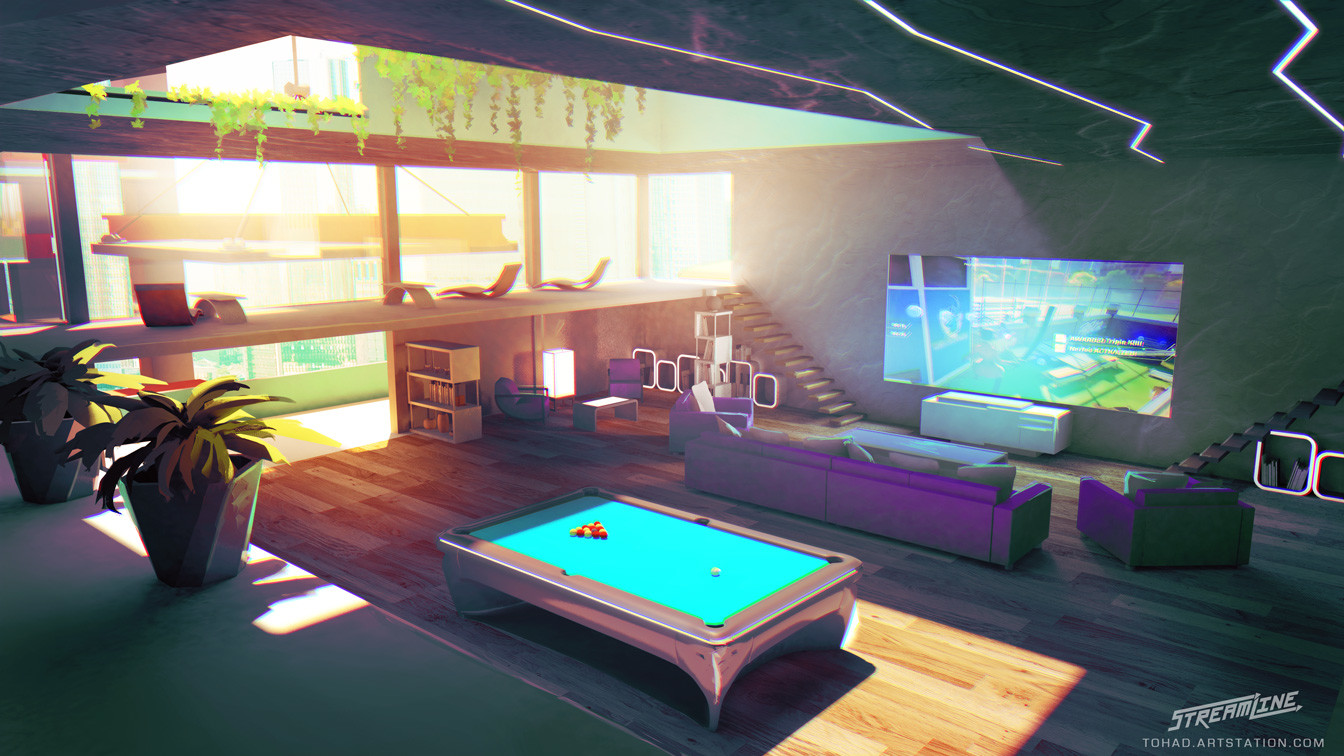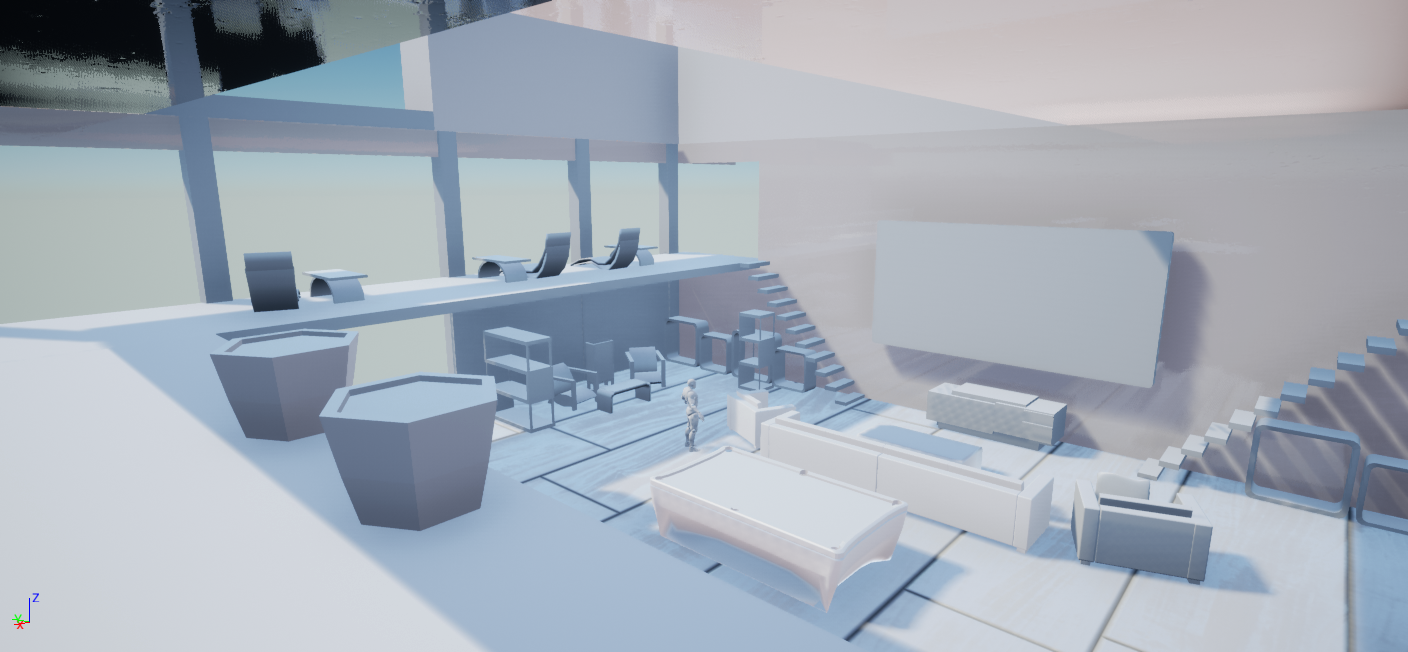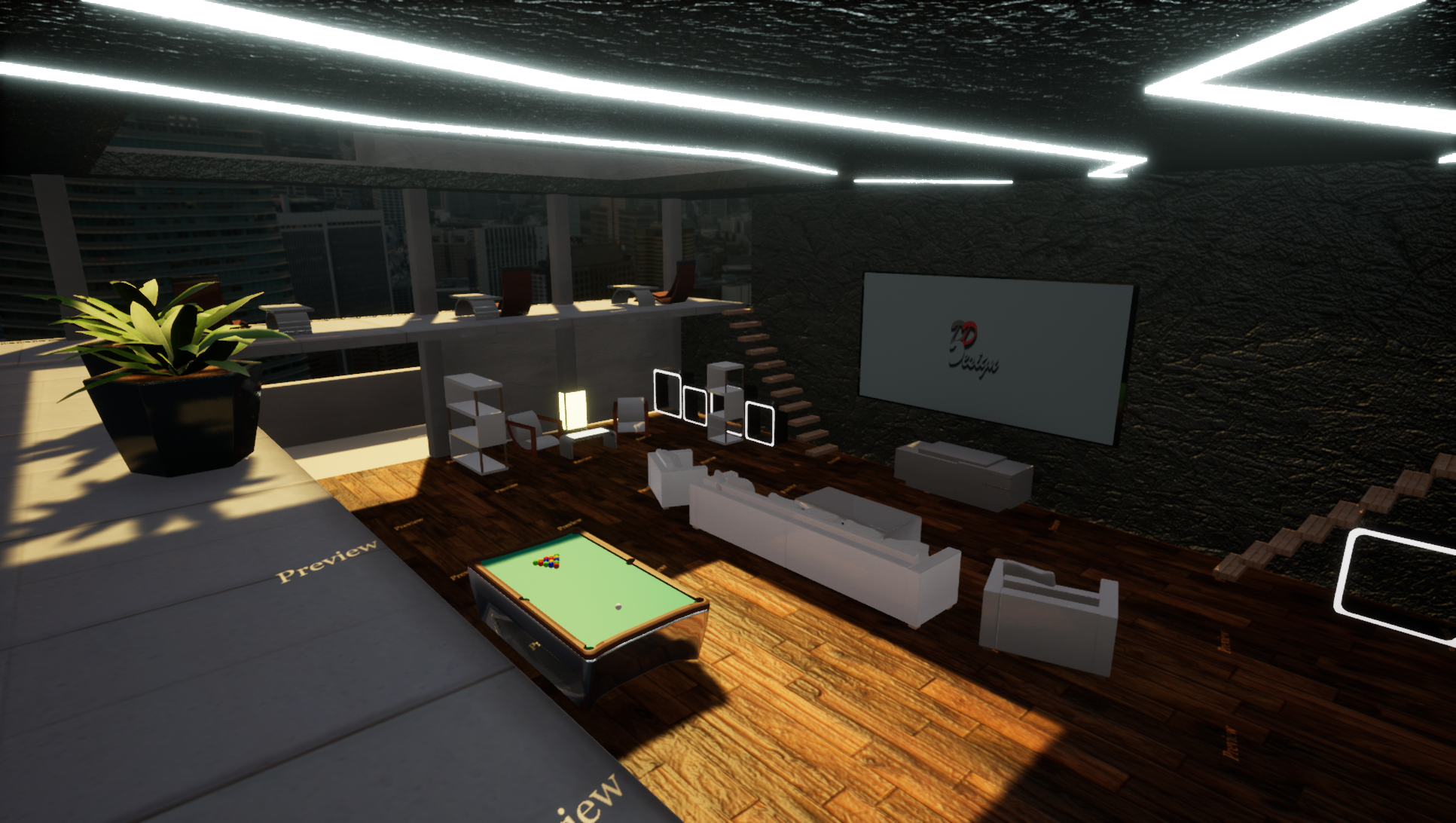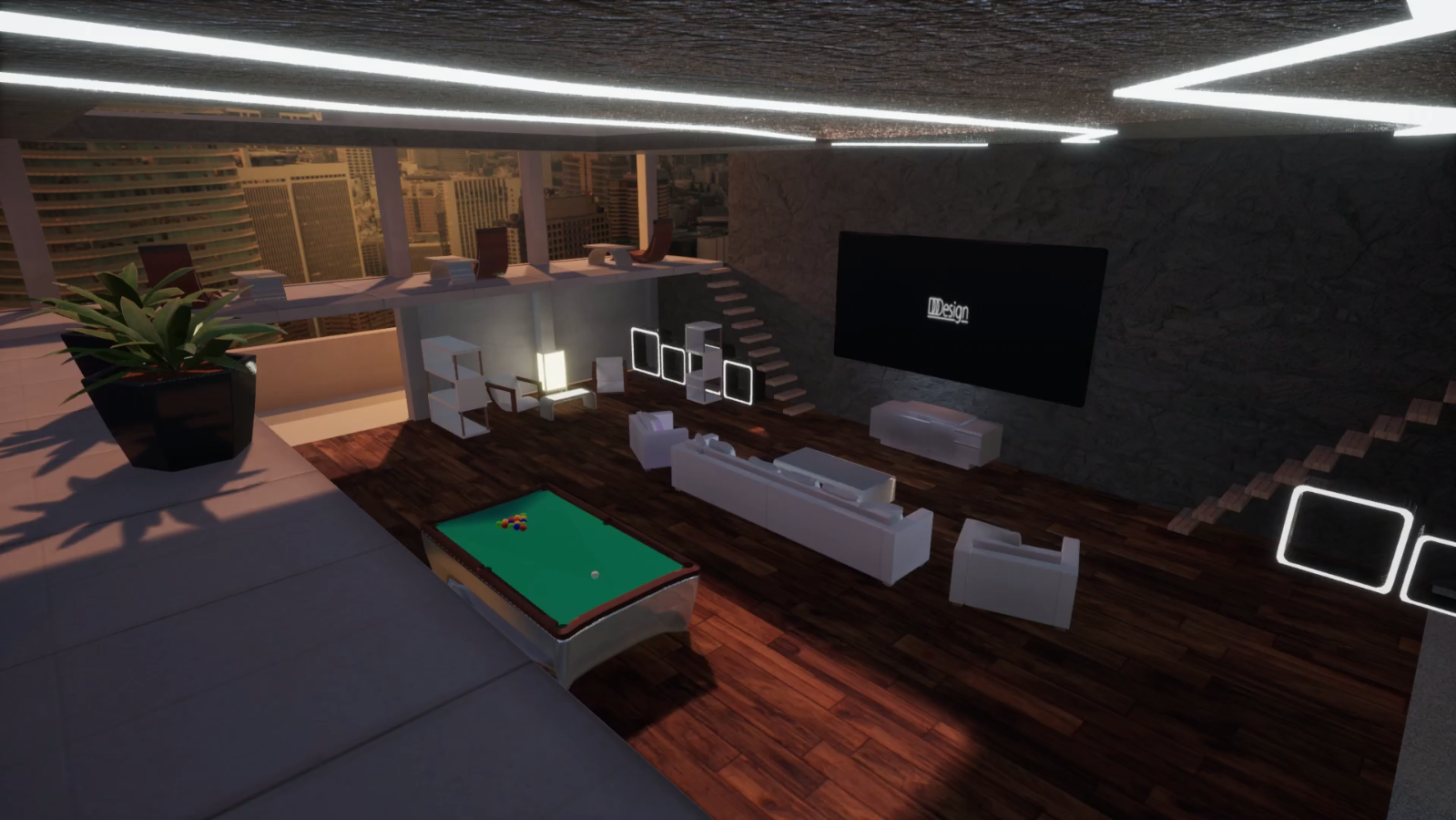Optimizing for better access
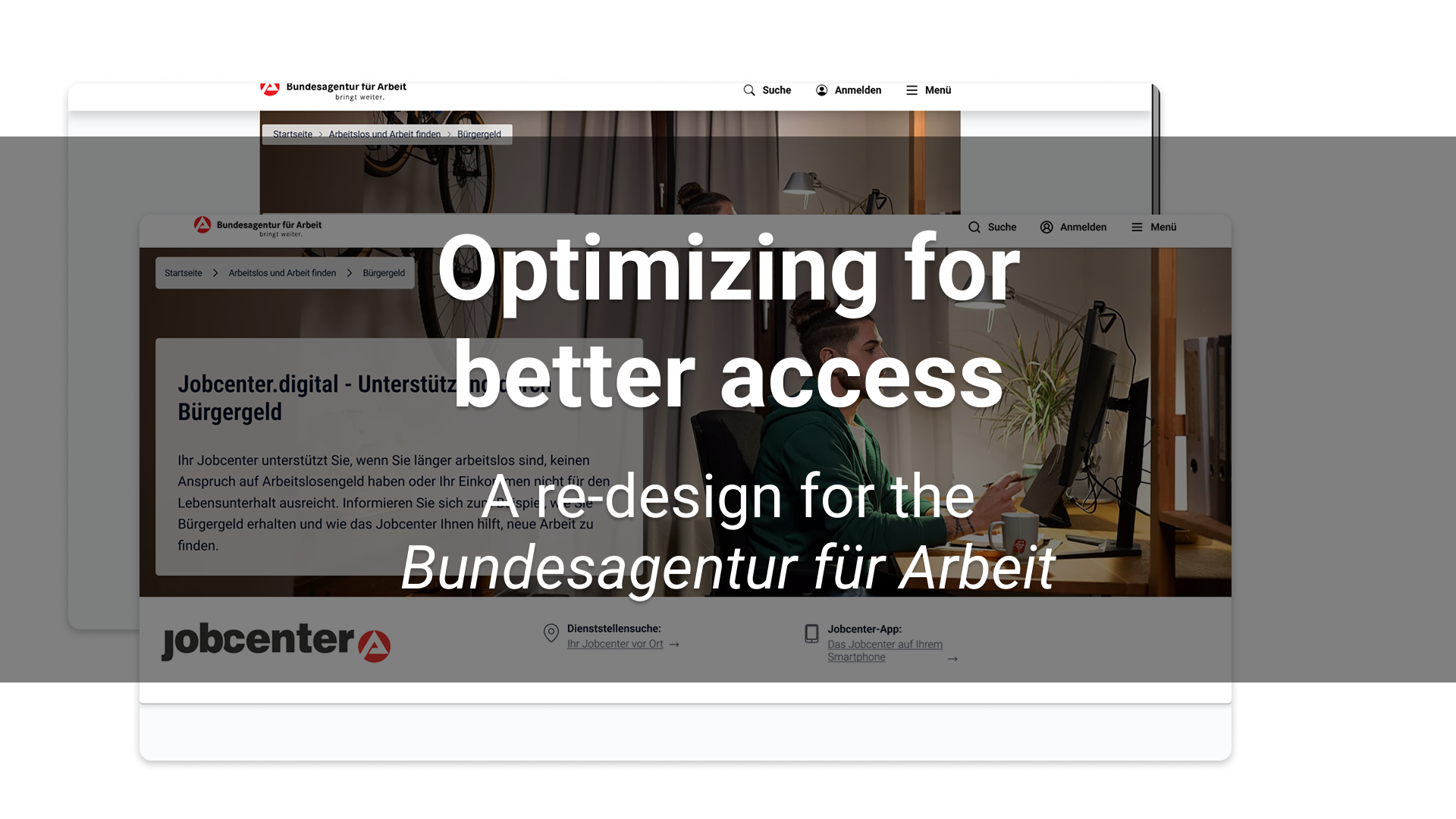
I logged in, now what?
When I received my annual "Bürgergeld" paperwork from the Jobcenter, I didn’t expect it to come with a recommendation to use their new online portal.
My first thoughts were, "About time" and "Let’s see how this goes." I typed in the address from the letter, logged in, and immediately got stuck for a minute - not exactly a great start.
The process of filling out the forms didn’t go nearly as smoothly as I’d hoped. First, I was met with text boxes big enough for an essay. Then came a wall of cards, each with its own form - none of which applied to me. The option to check ‘I don’t need any of these’ was hidden off-screen, so I had to scroll down to even find it. And just when I thought I was making progress, the ultimate roadblock hit: the page went down for maintenance. *Sigh*
Long story short: it took me over a week to complete a form that was only four or five pages long.
The trouble I had, I like to conquer
After all this trouble, I couldn’t help but think: If I’m already struggling, what about the people who aren’t as used to being online?
So why not reach out to the Jobcenter’s IT team and work together on a better version of the site, right?
I applied for an internship, and to give the IT team a clearer idea of what I had in mind for a redesign, I created a mock-up of what one of the pages could look like.
Spoiler: I got rejected.
What could have been
Nonetheless I'd like to share my approach of the re-deign.
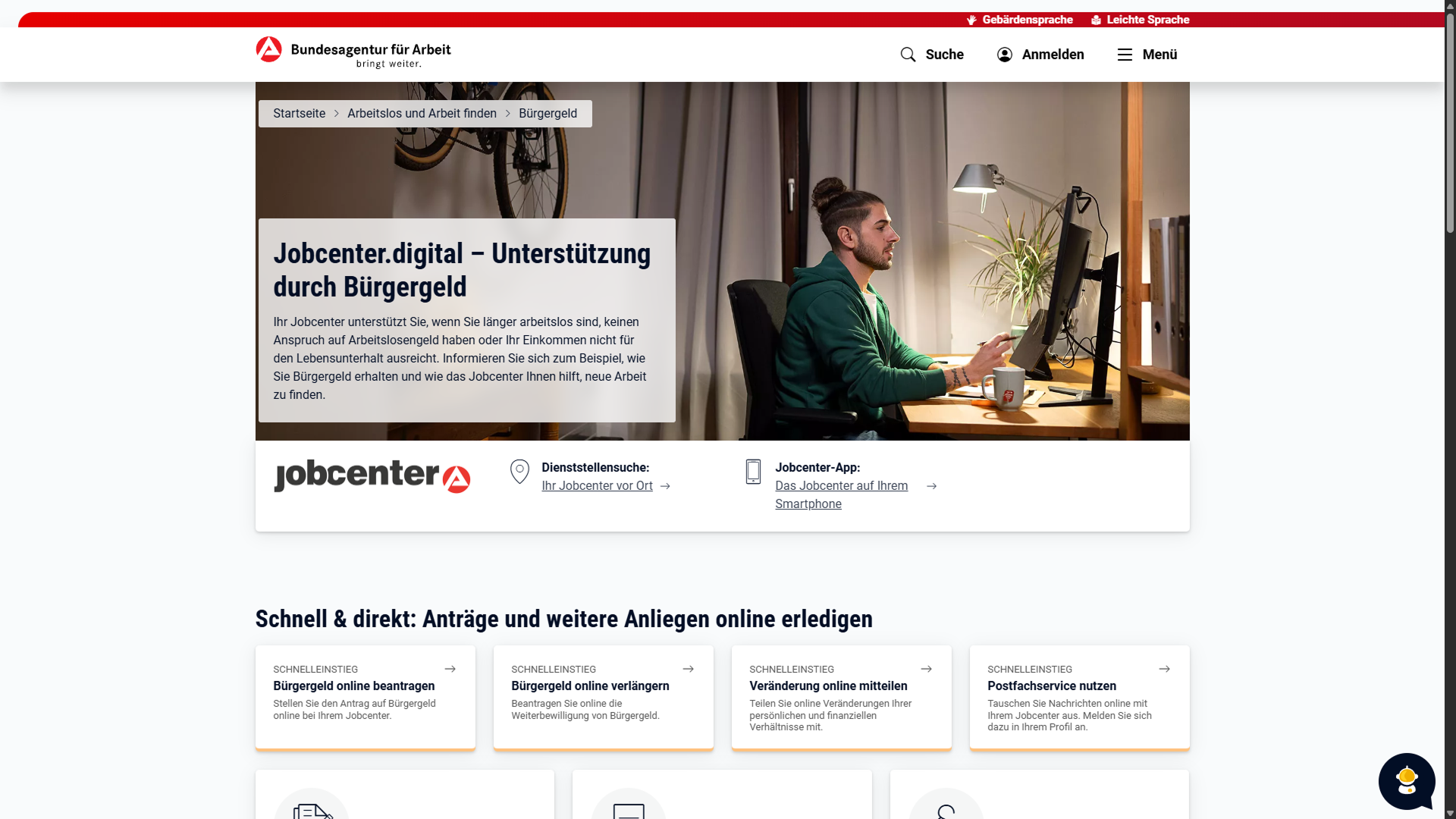
Let's start with the Hero Section of Jobcenter Digital.
The site uses a card-based design for most elements. While the cards share a similar look — a slightly lighter background fill, dark text, rounded corners, and a drop shadow — they behave inconsistently. Some cards are clickable, others contain links inside, and some are just static text boxes. On hover, a line is highlighted and the drop shadow becomes thicker.
My approach was to clearly differentiate the designs and only keep the card layout where it truly made sense.
Header & Fast Links
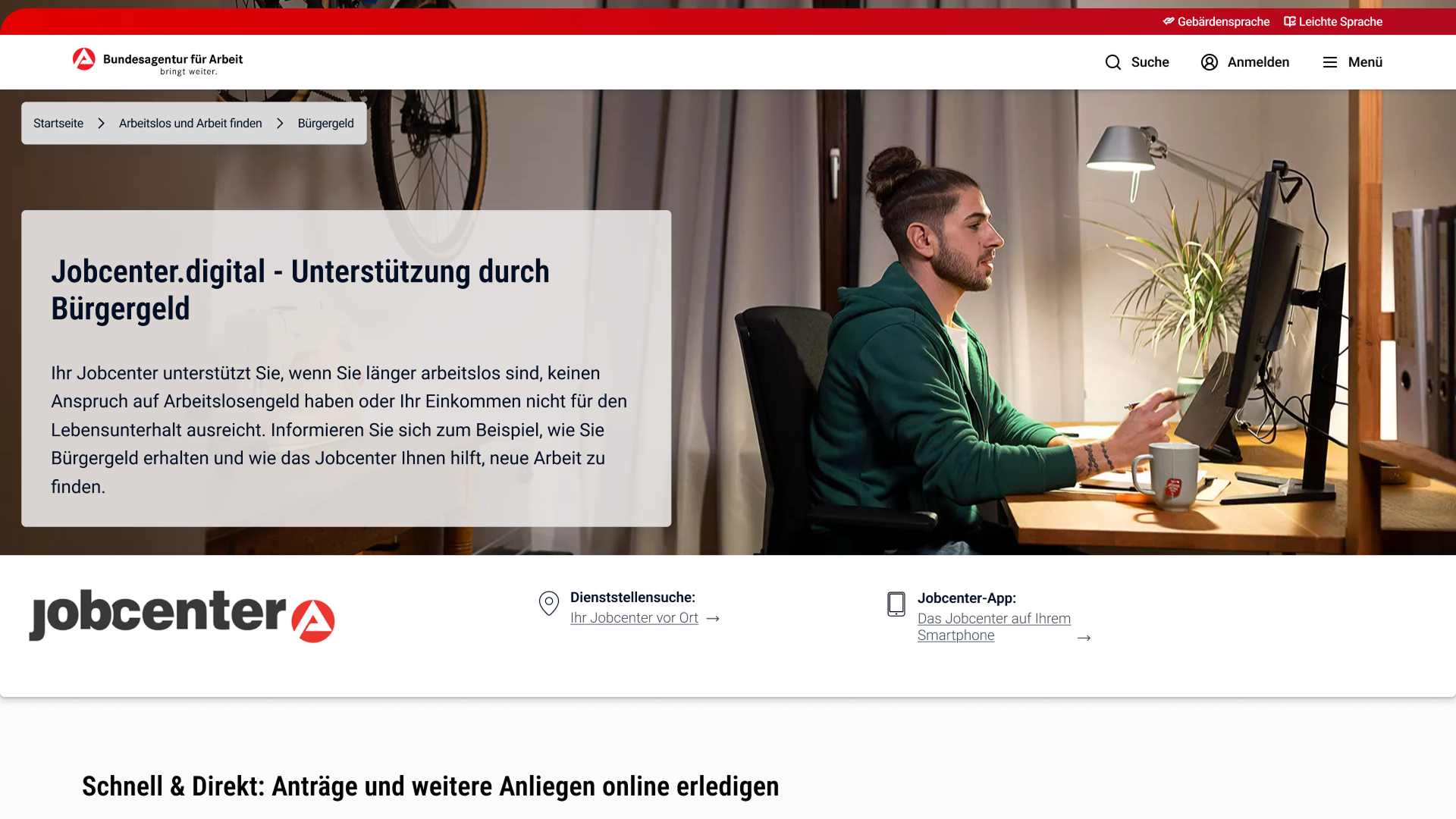
Basically, I kept it close to the original. I widened the header to use the full width (like in the mobile version) and gave the top menu more padding.
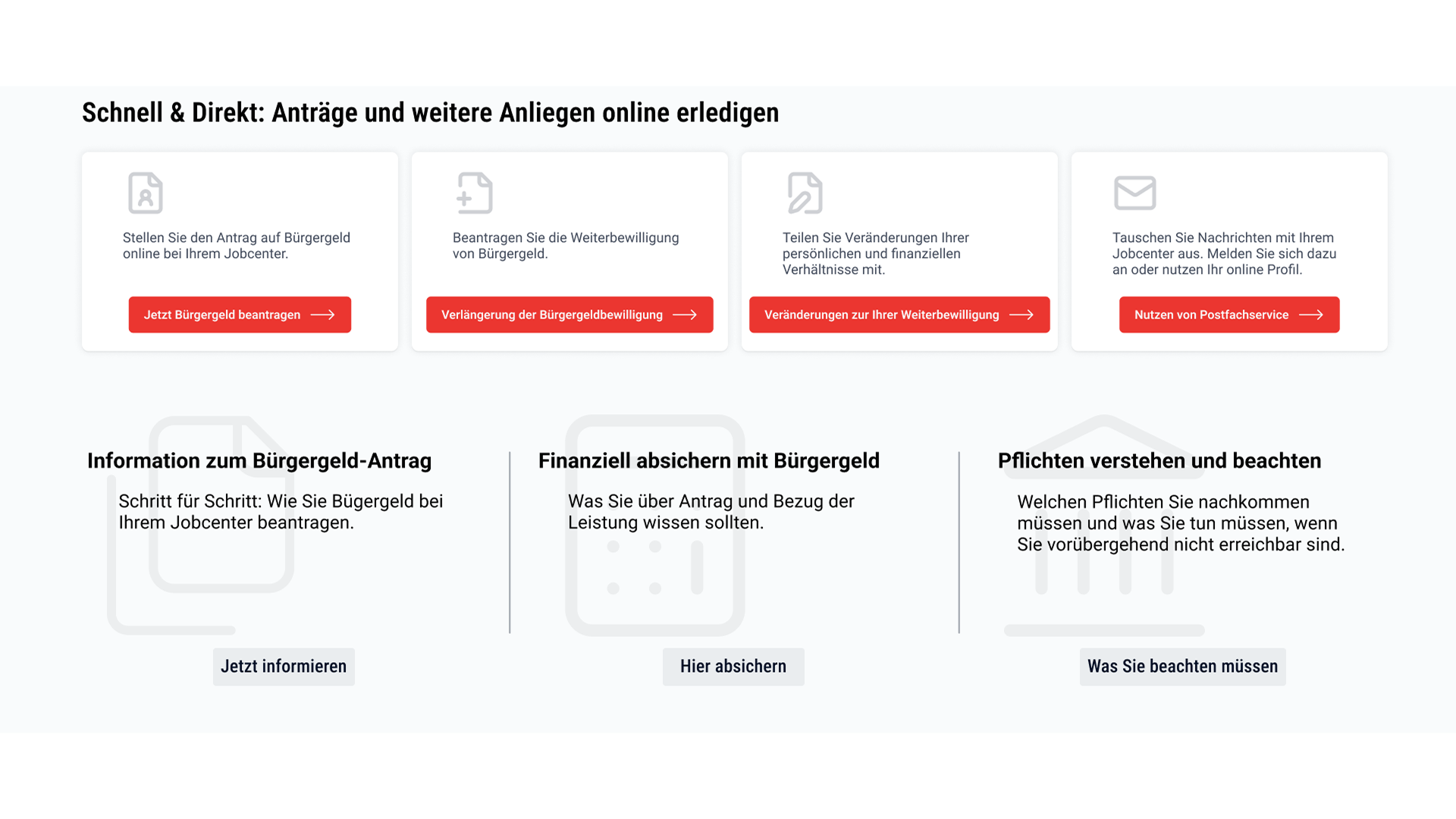
On the original page, the fast and direct cards only stand out with a yellow bottom border and an arrow indicating they lead to another page. Otherwise, the cards look almost identical. The yellow that is used was nowhere to be seen elsewhere and feel as an inconsistency in the overall design.
To break up the uniform look of the cards, I added icons that clearly represent the forms they link to. I also made the cards more visually distinct by enlarging them slightly, placing a red button in each card’s highlight color, and moving the arrow inside the button. The yellow bottom border from the original now comes in red and only comes up on hover, creating a subtle, interactive cue that guides the user’s attention.
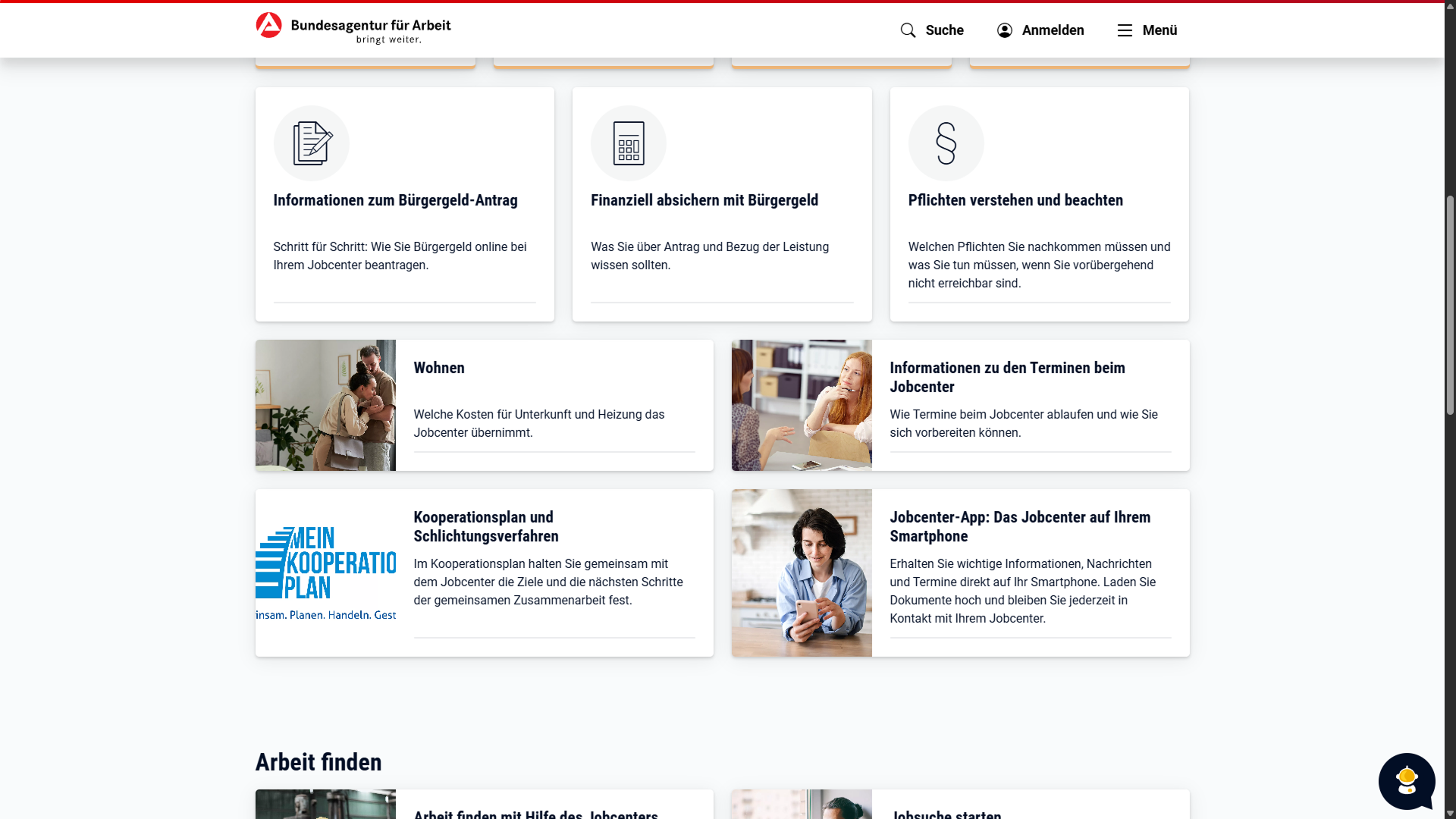
Below the fast-link cards is information about "Bürgergeld", including details on finances and the associated rights and duties.
In the original design, these cards feature large icons that feel out of place, likely from a different icon set. Their overall look is also very similar to the fast-link cards, making them blend together rather than stand out.
To revamp the look while keeping the original elements, I used icons from the same set as the fast-link cards. I placed them subtly in the background so they don’t stand out too much, but still help convey the purpose of each card.
To give users a clearer idea of where each card leads, I added a CTA labeled to reinforce the purpose of the card.
More Information
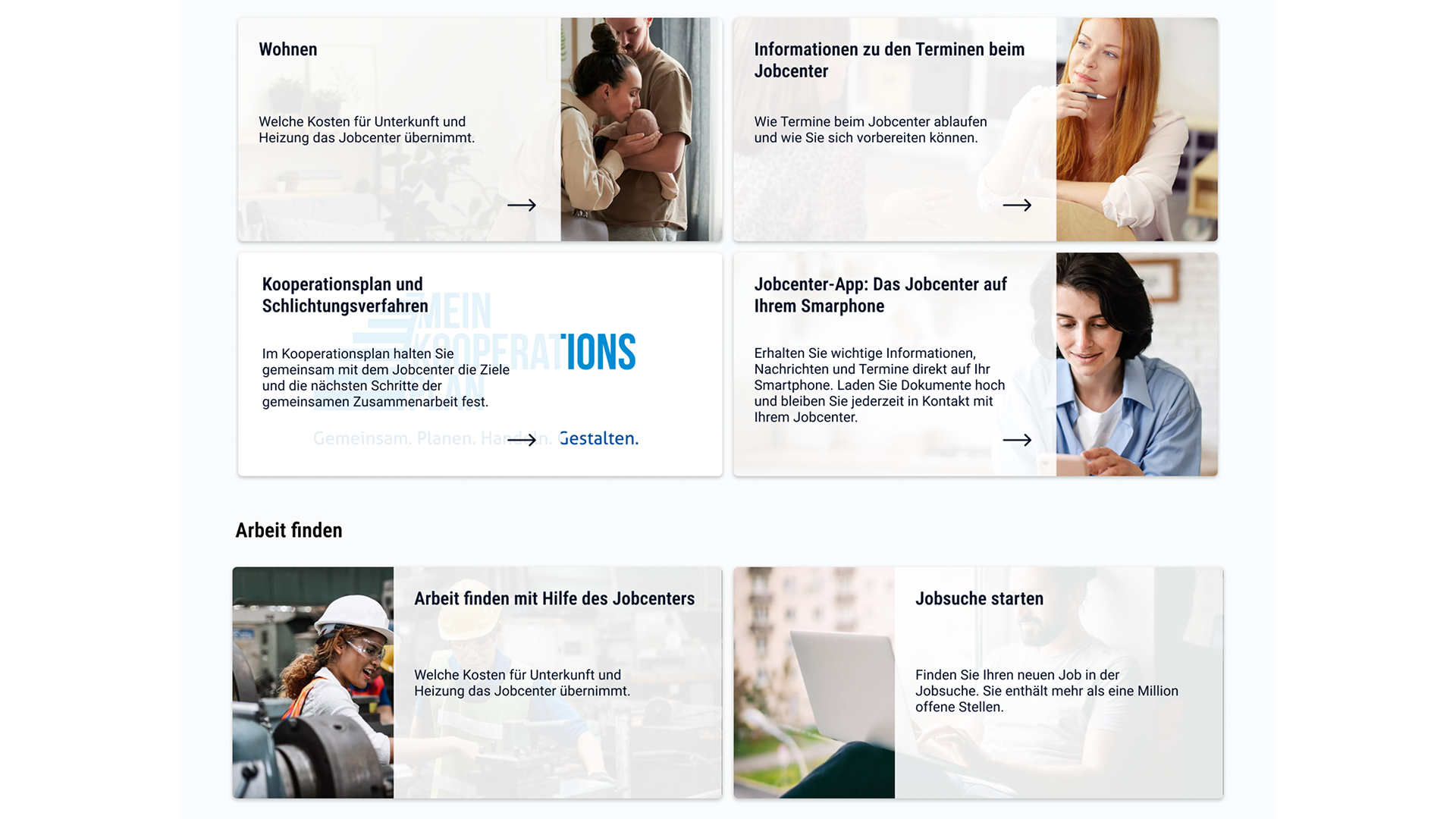
We’re still in the Fast & Direct section, but the card style changes once again.
These cards didn’t change much in the redesign. I mirrored them (switching the image from left to right), made the image span the full width, and added a text box overlay with a semi-transparent white background. An arrow, which highlights on hover, indicates that the card is clickable.
Find work, further information & help
In the 'Arbeit finden' section, the cards reuse the image-based design from the section above. To differentiate them, the image stays on the left with the text on the right, but the image still spans the full width of the card.
FURTHER INFORMATION
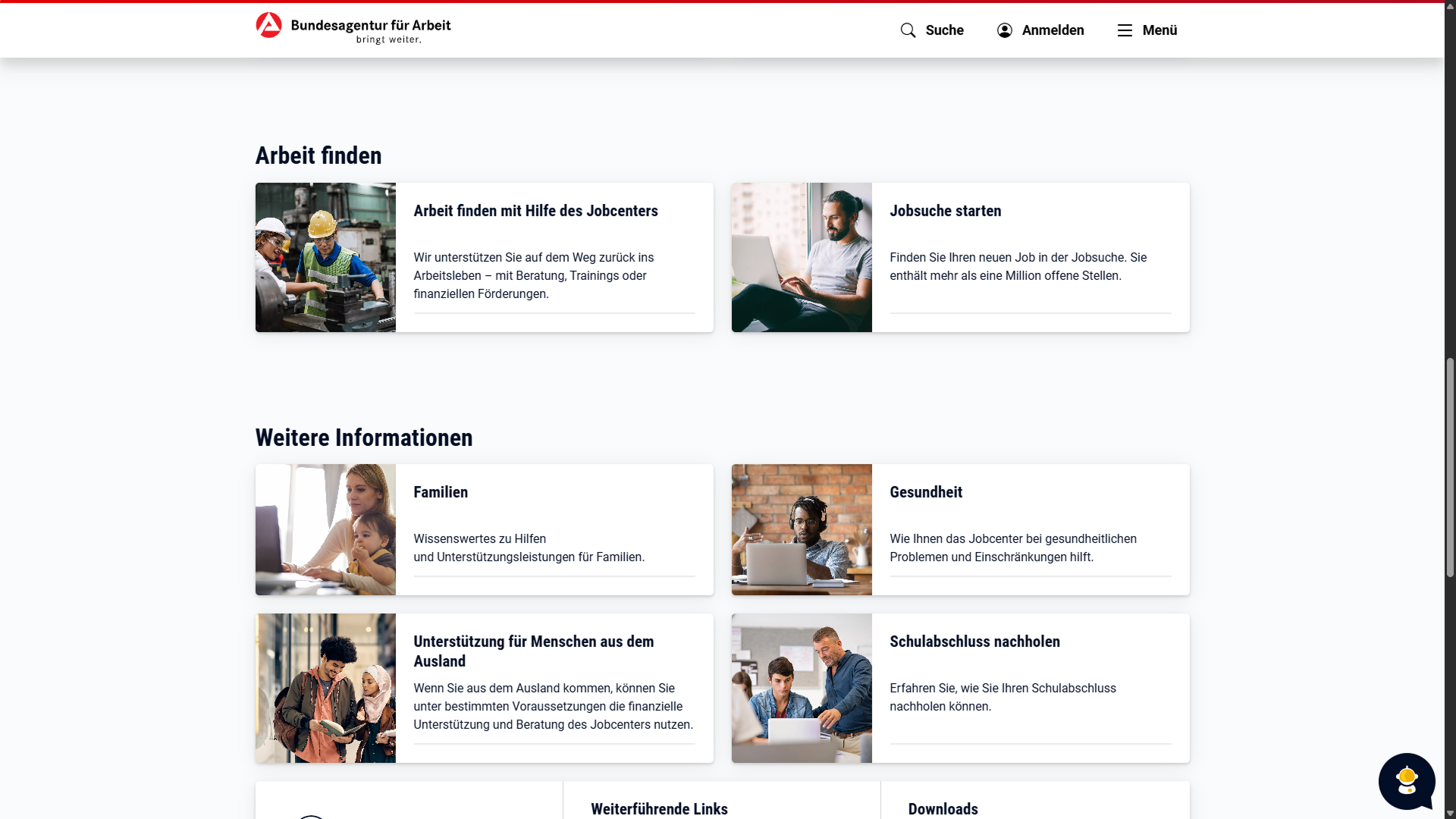
The trend in card styles from the previous two sections continues, but since the topic changes, a different style would be more appropriate.
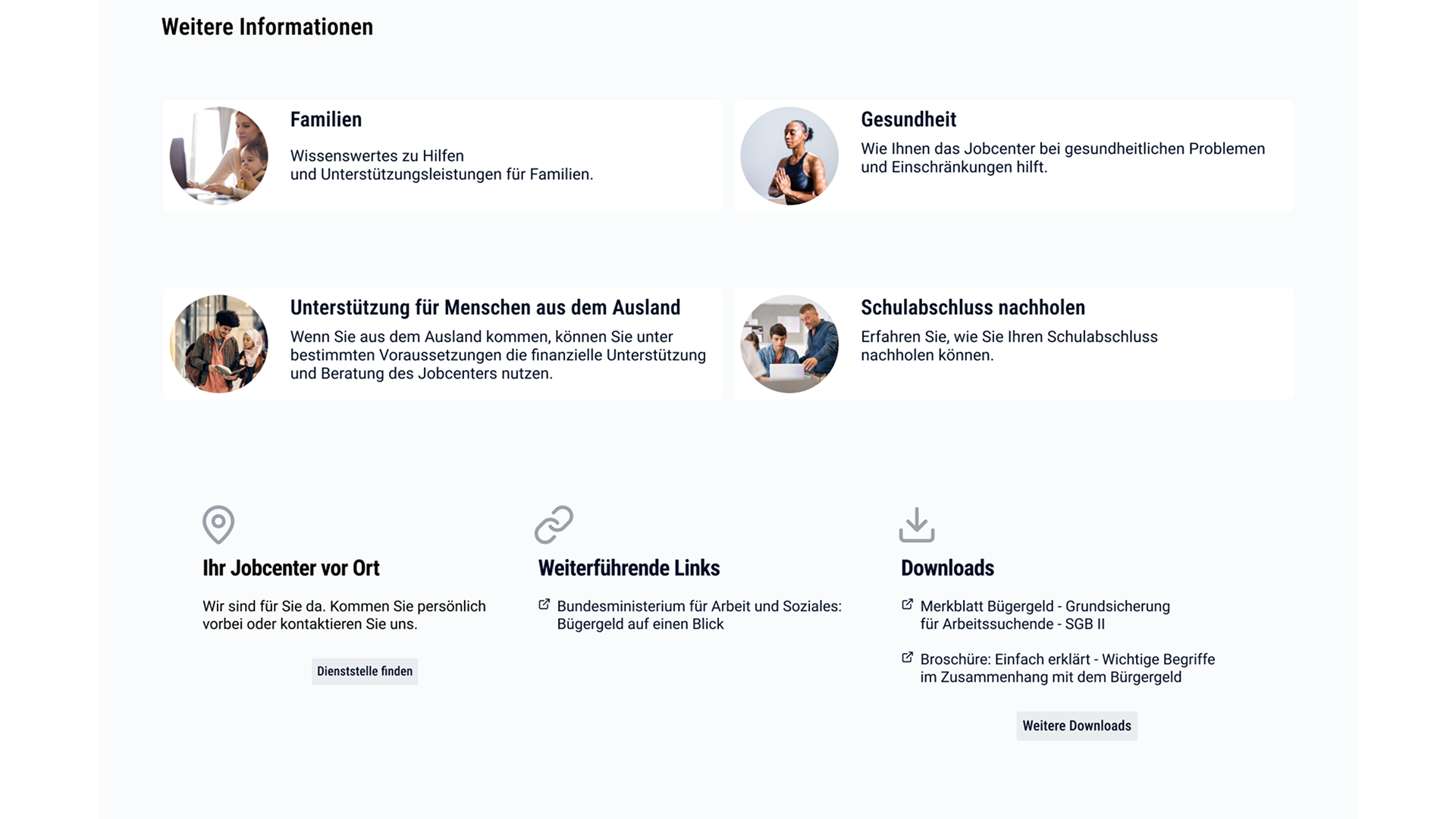
To differentiate the style from the previous cards, the image was cropped into a circle with the drop shadow being dropped (pun not intended). The text block was resized to match the circle, and on hover, the entire card is highlighted in grey.
OTHER HELP
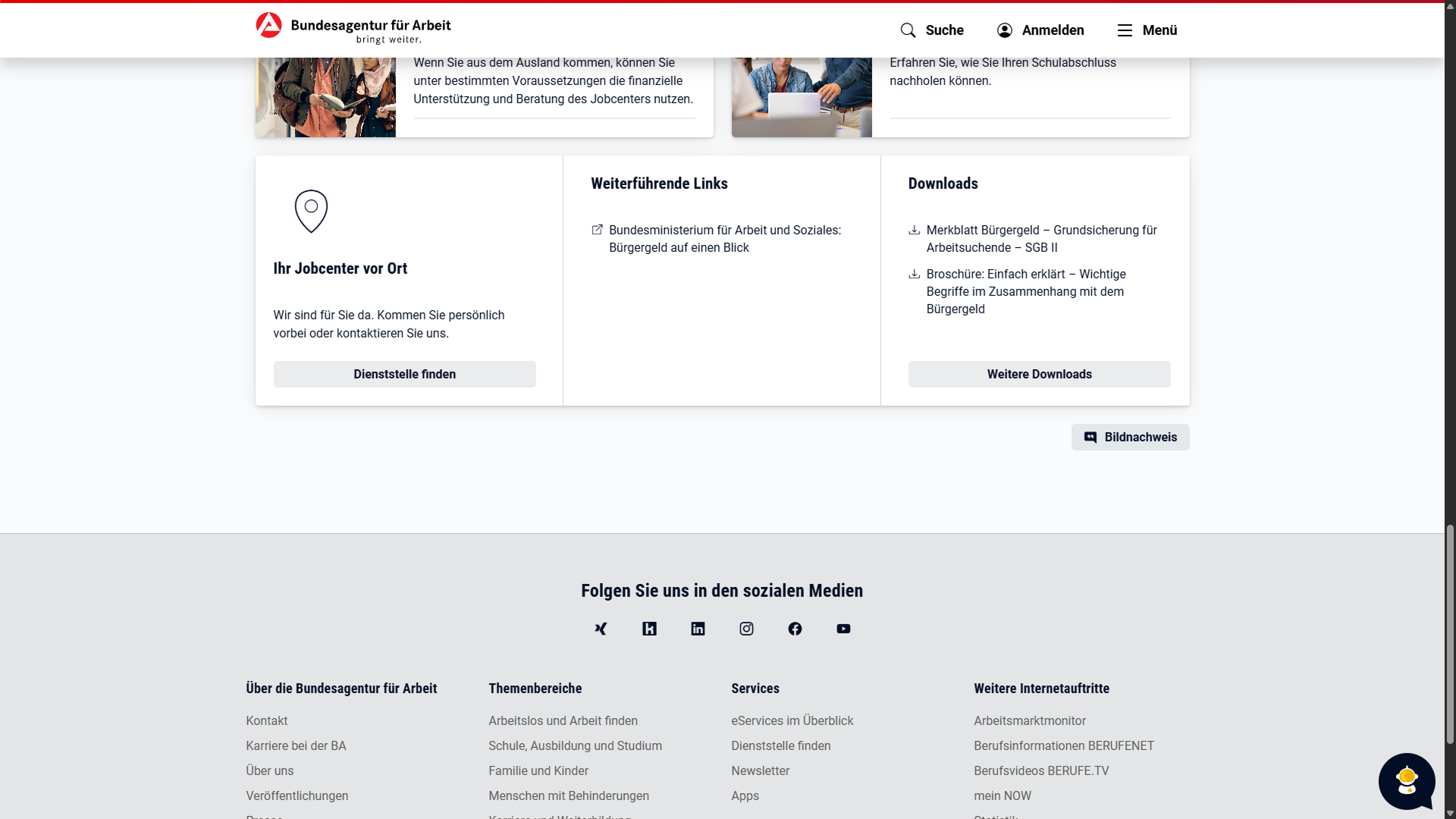
The last card, for the other help section, consist of three subsections:
- find your Jobcenter
- Link to the site of ministery of employment & social
- download links for flyers & information for "Bürgergeld"
This change was made to open up the content, so it’s no longer a single card. The first subsection includes an icon (a location pin), so I added matching icons to the other two subsections for consistency.
Aside from these few changes, nothing else was altered in the redesign.
Conclusion
I started the redesign as an intend to further strengthen my inquiry for an internship, hoping to collaborate with the team on improving the site for people who aren’t familiar with using the internet or have never been online before. I had trouble navigating the site and finding the information I needed (and I’m still searching for one feature that was suggested for future use).
Even though it didn't got me what I had in mind with the re-design, I still like it.
